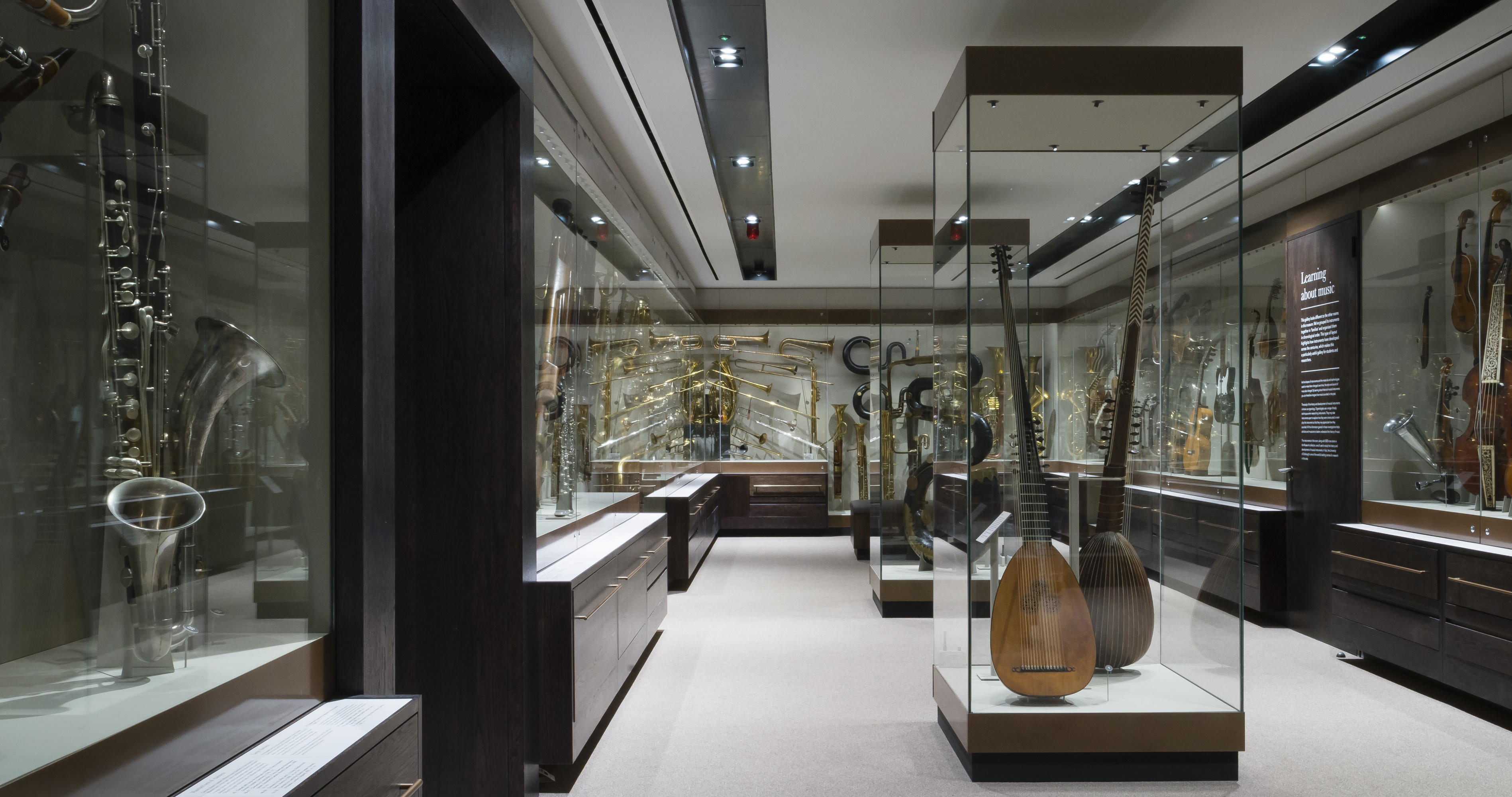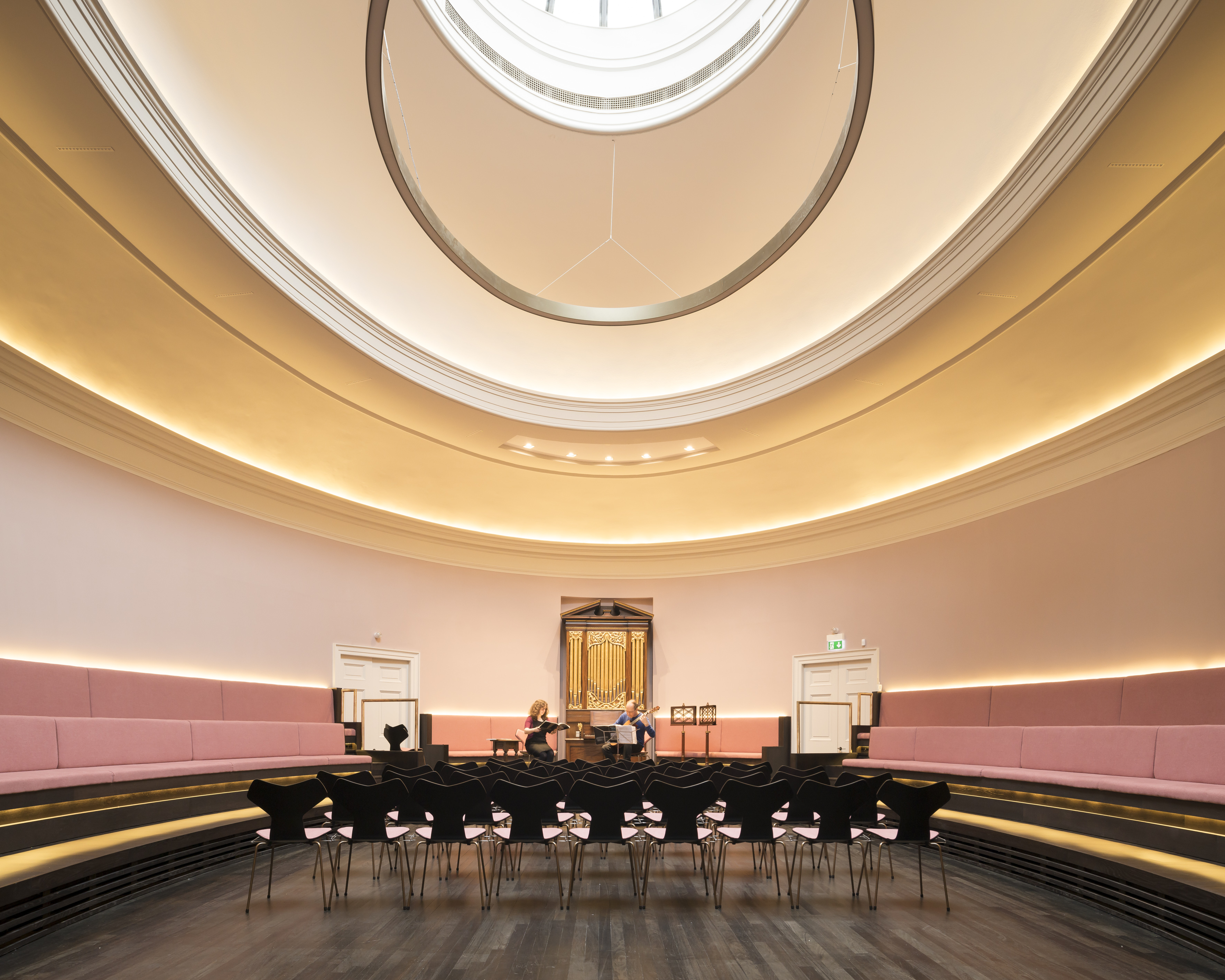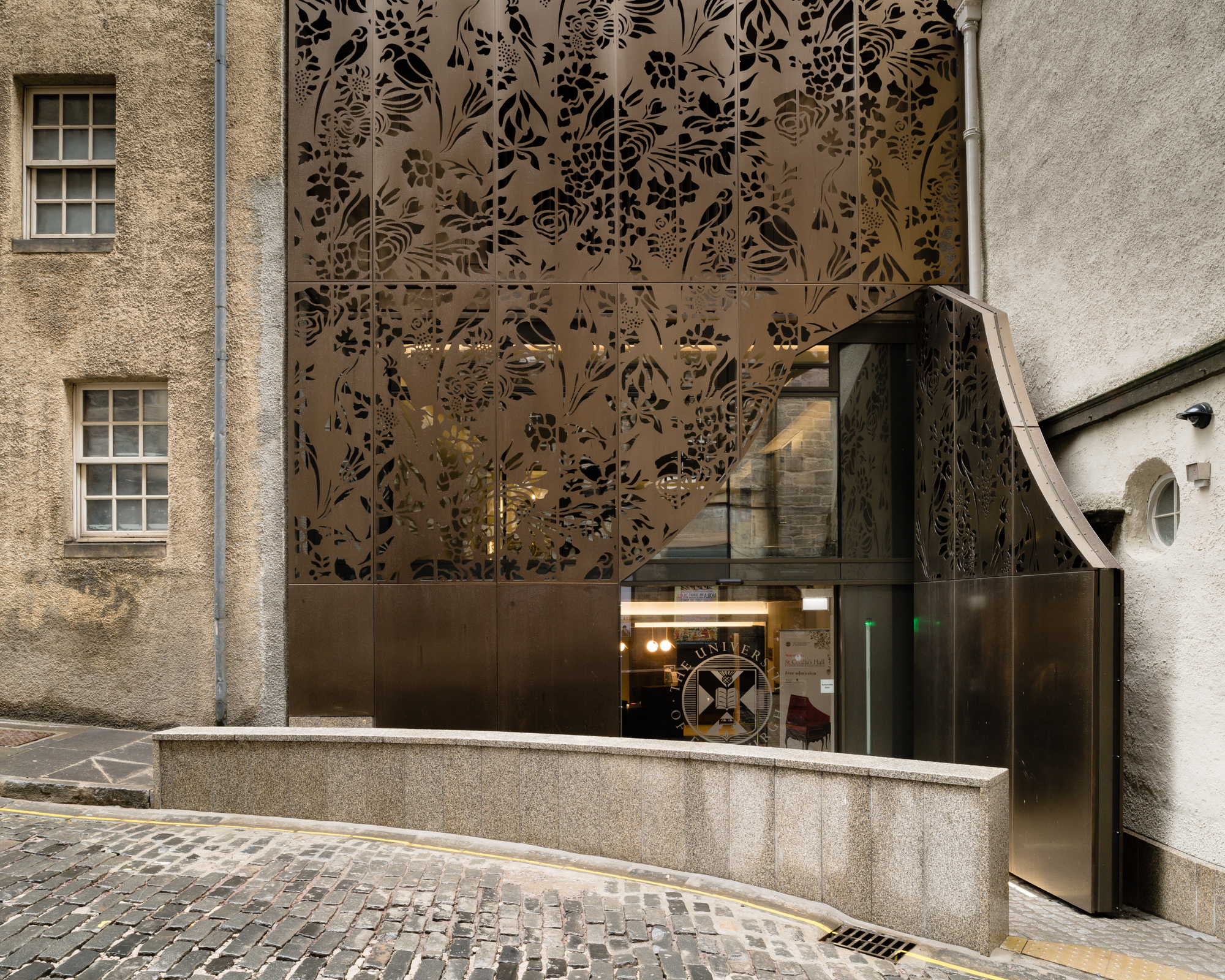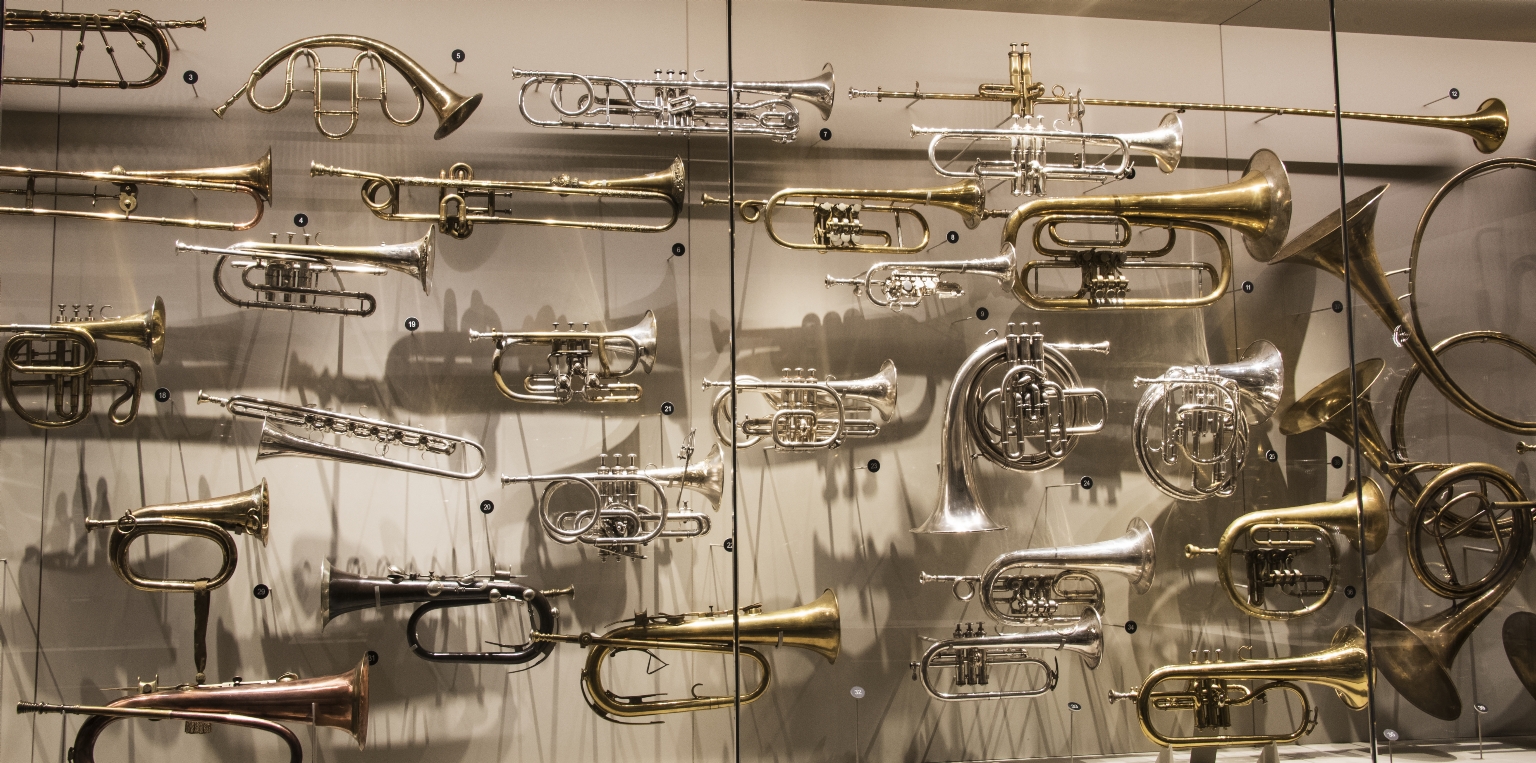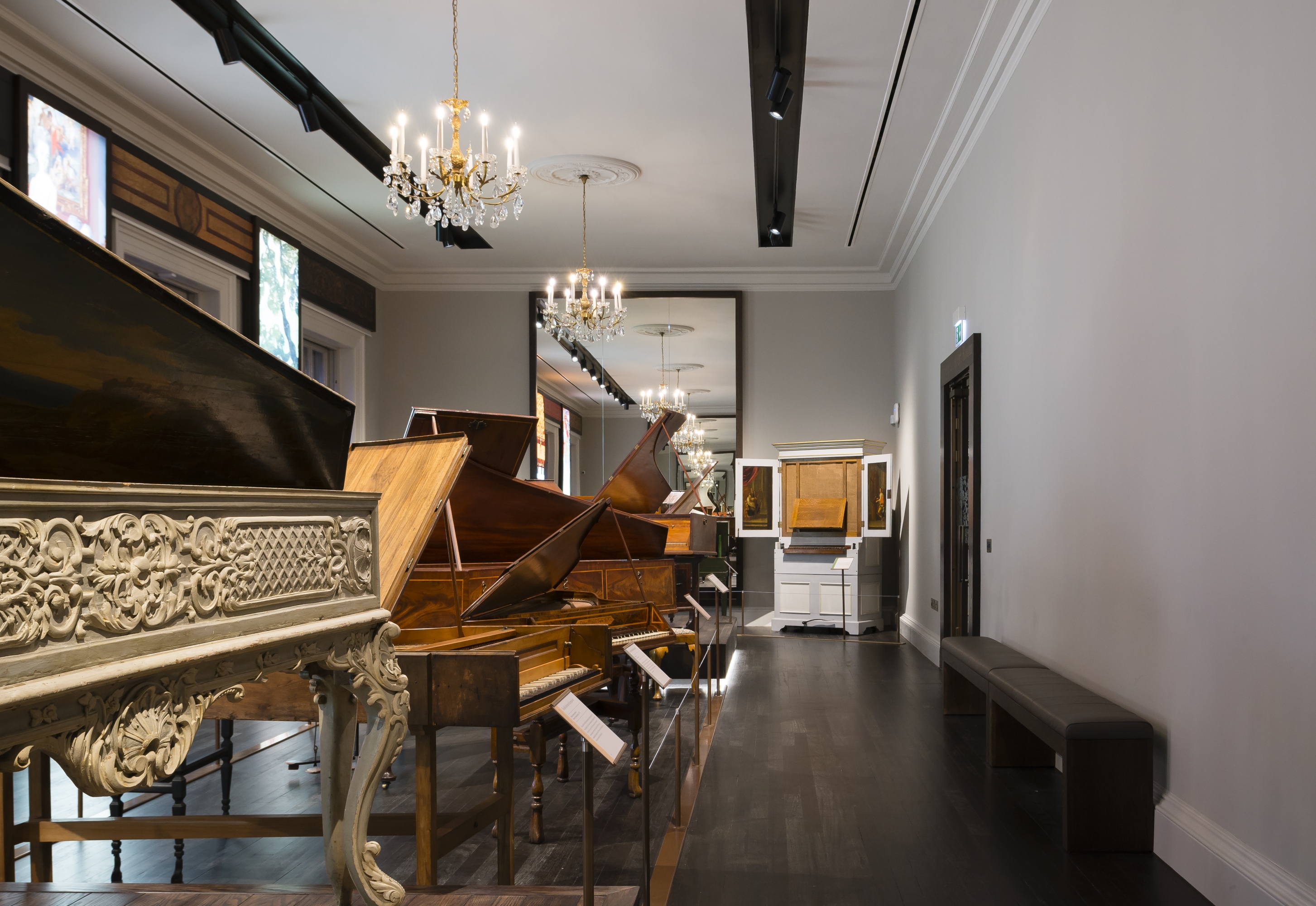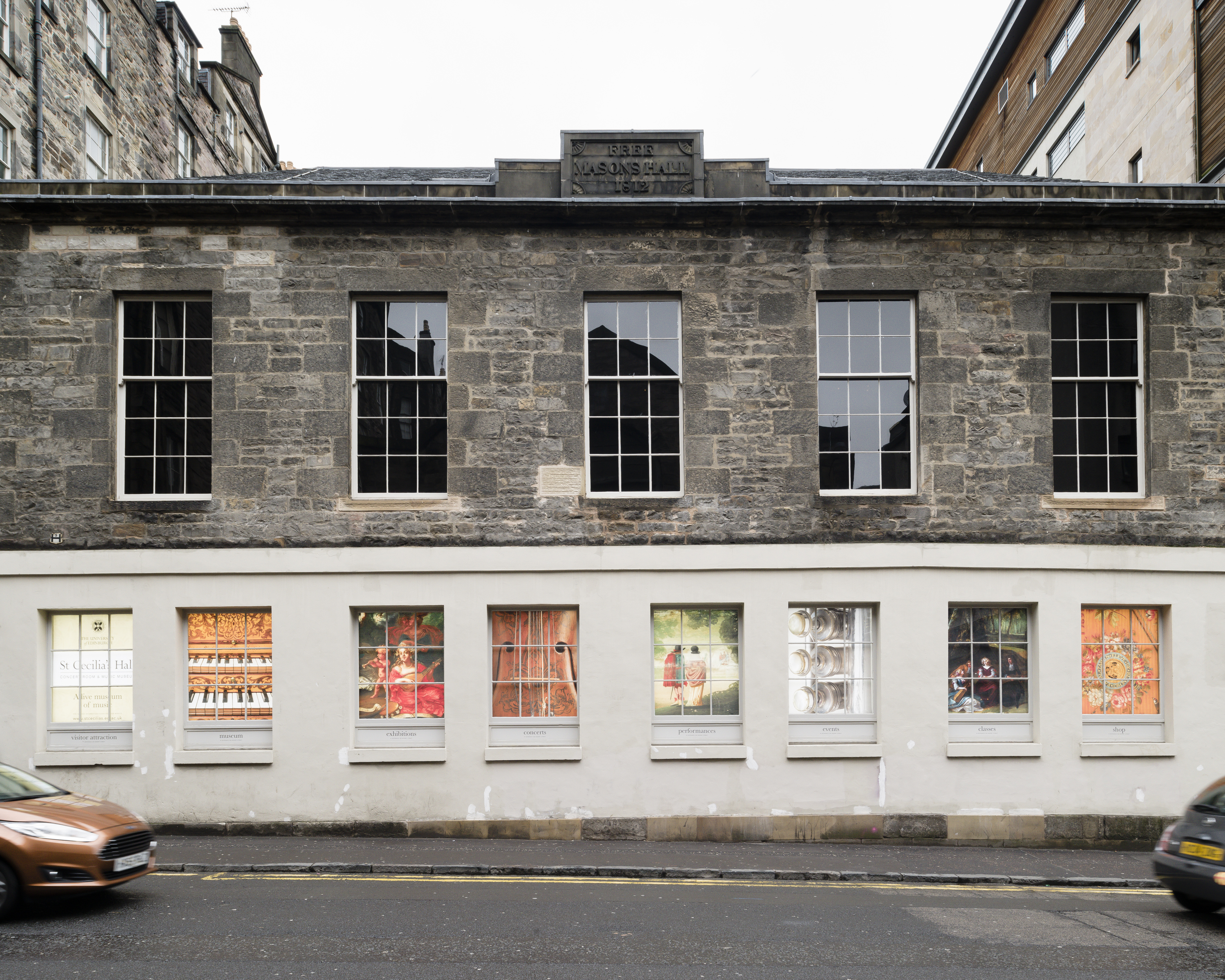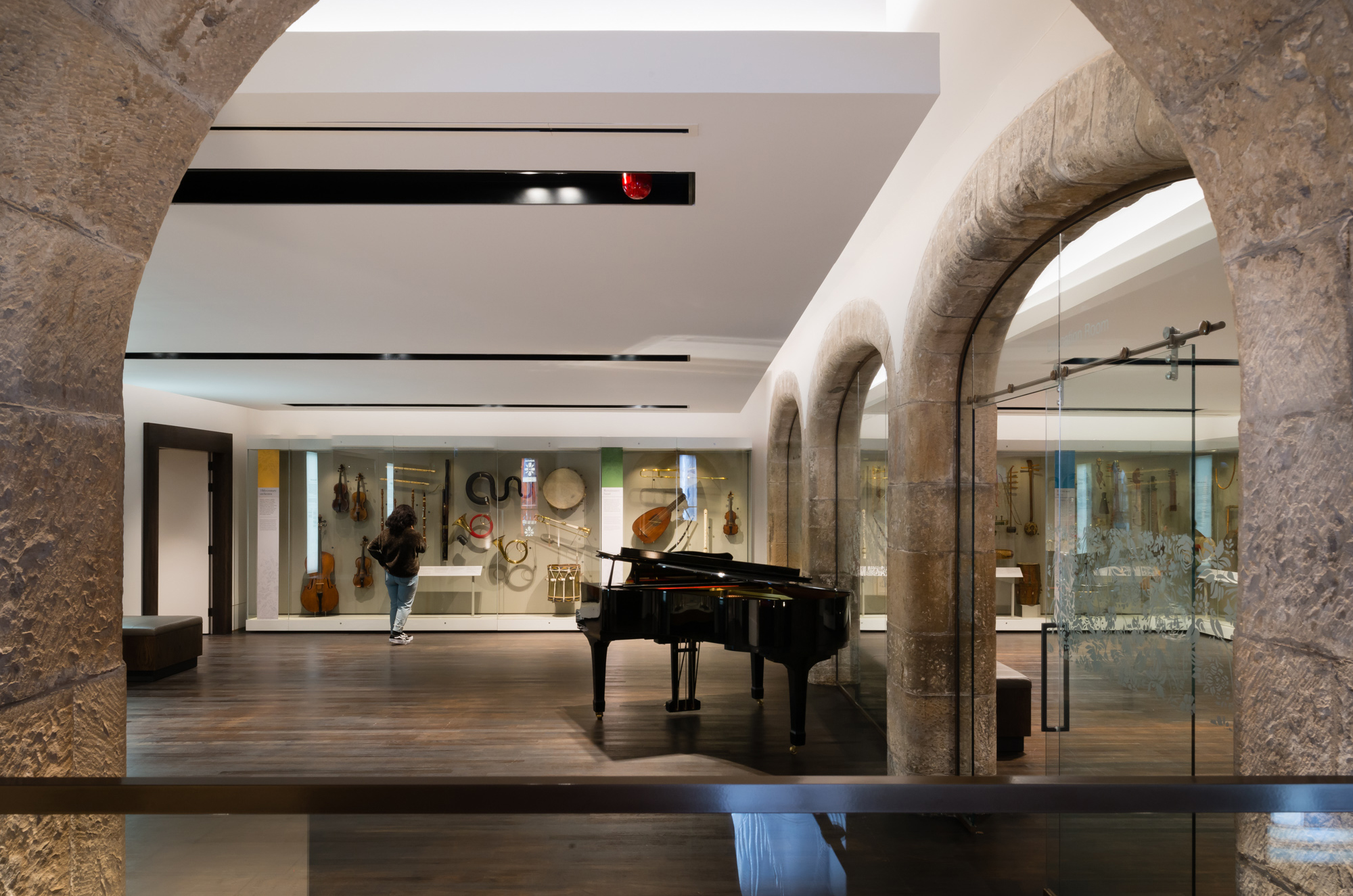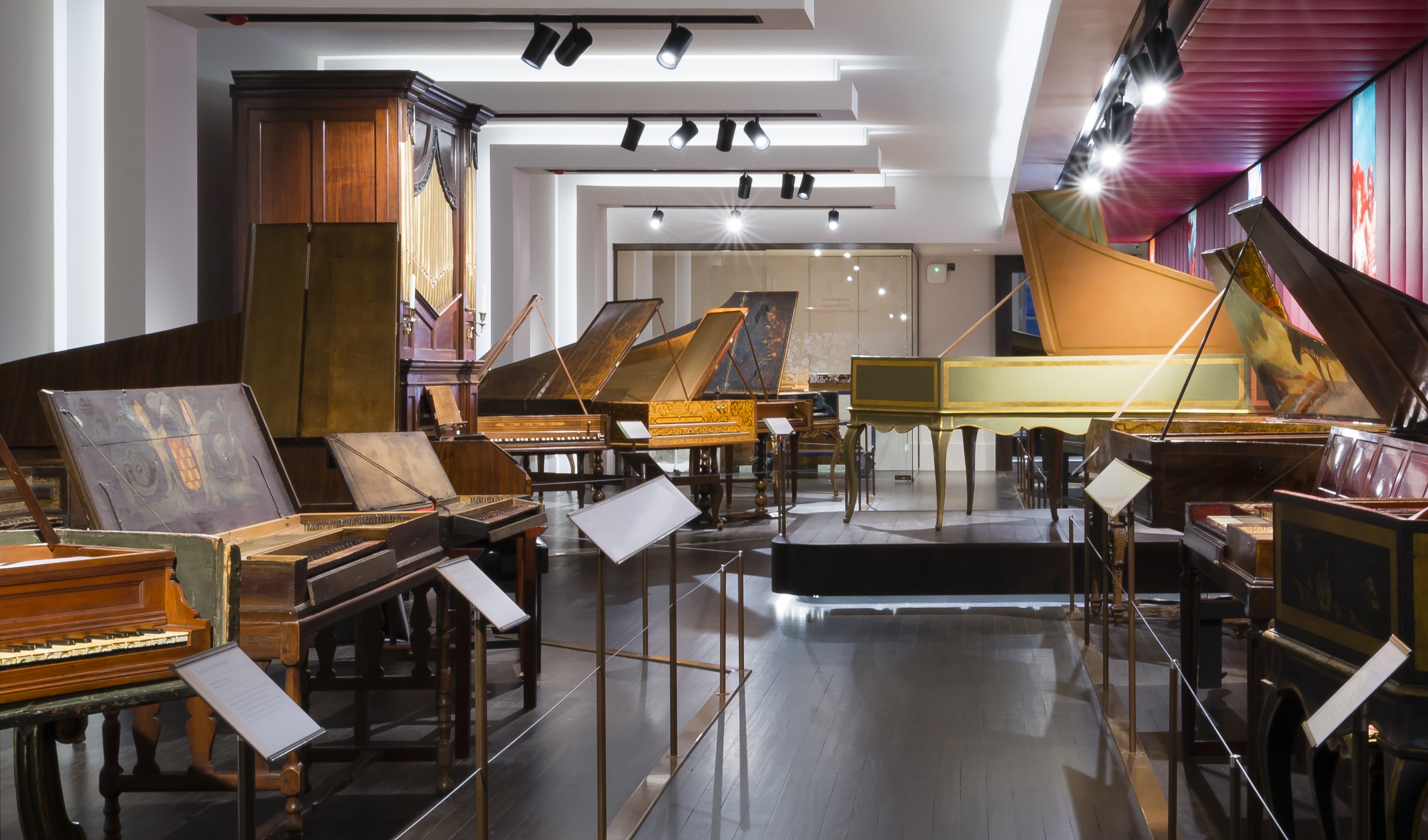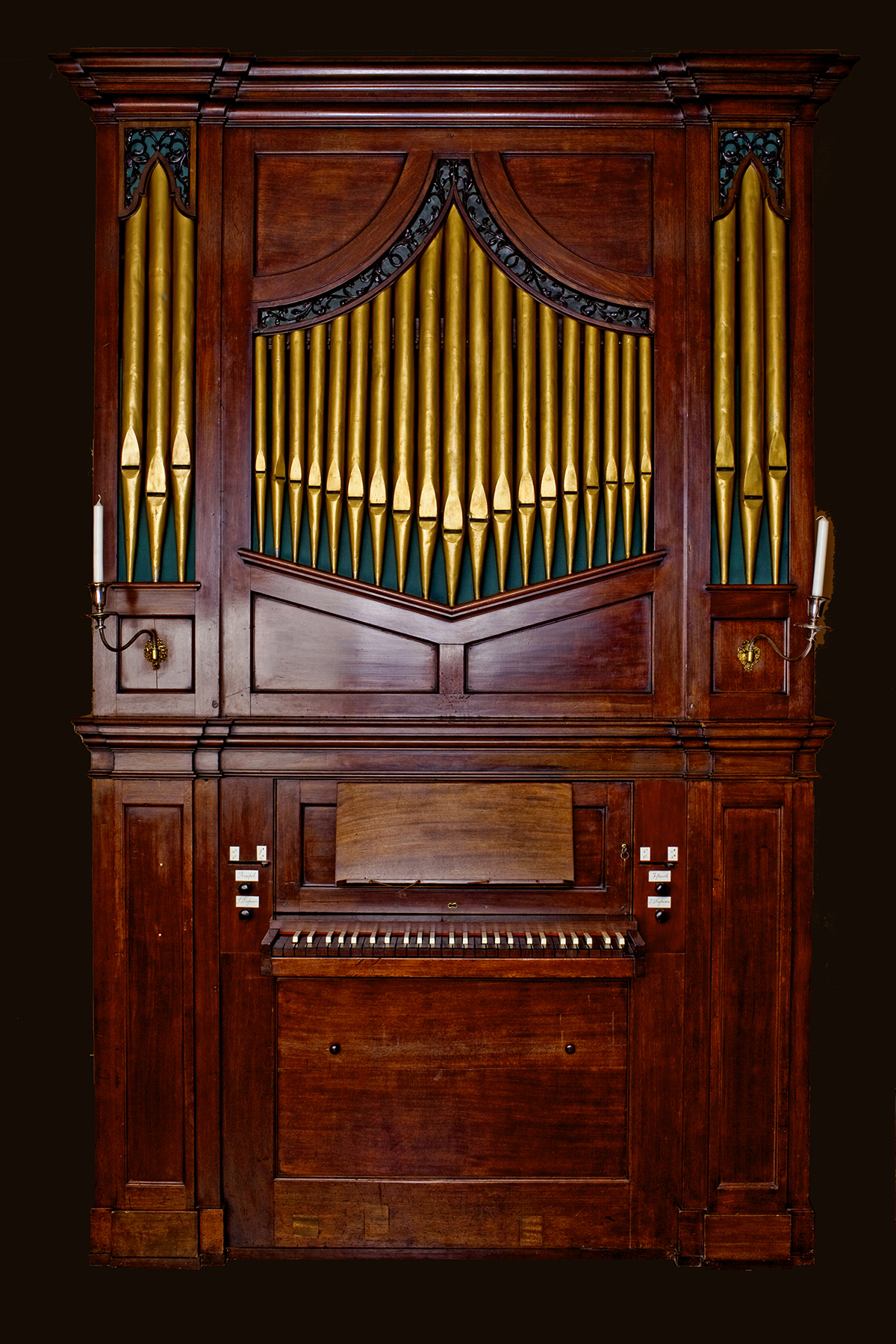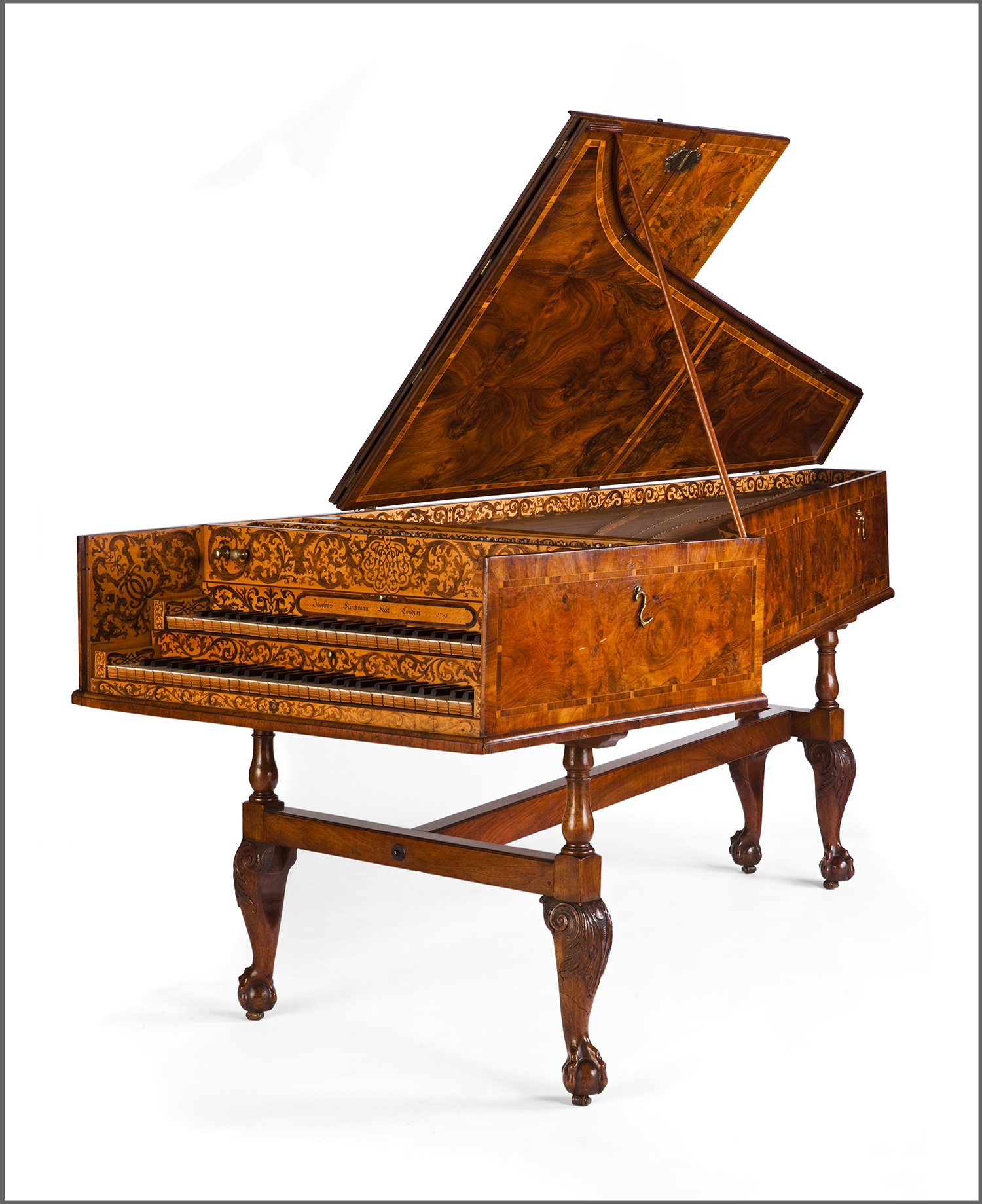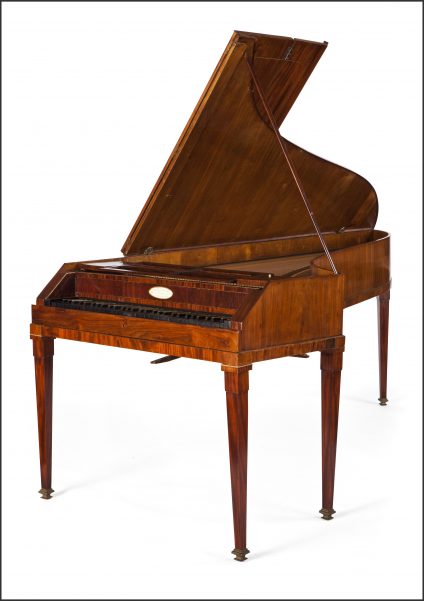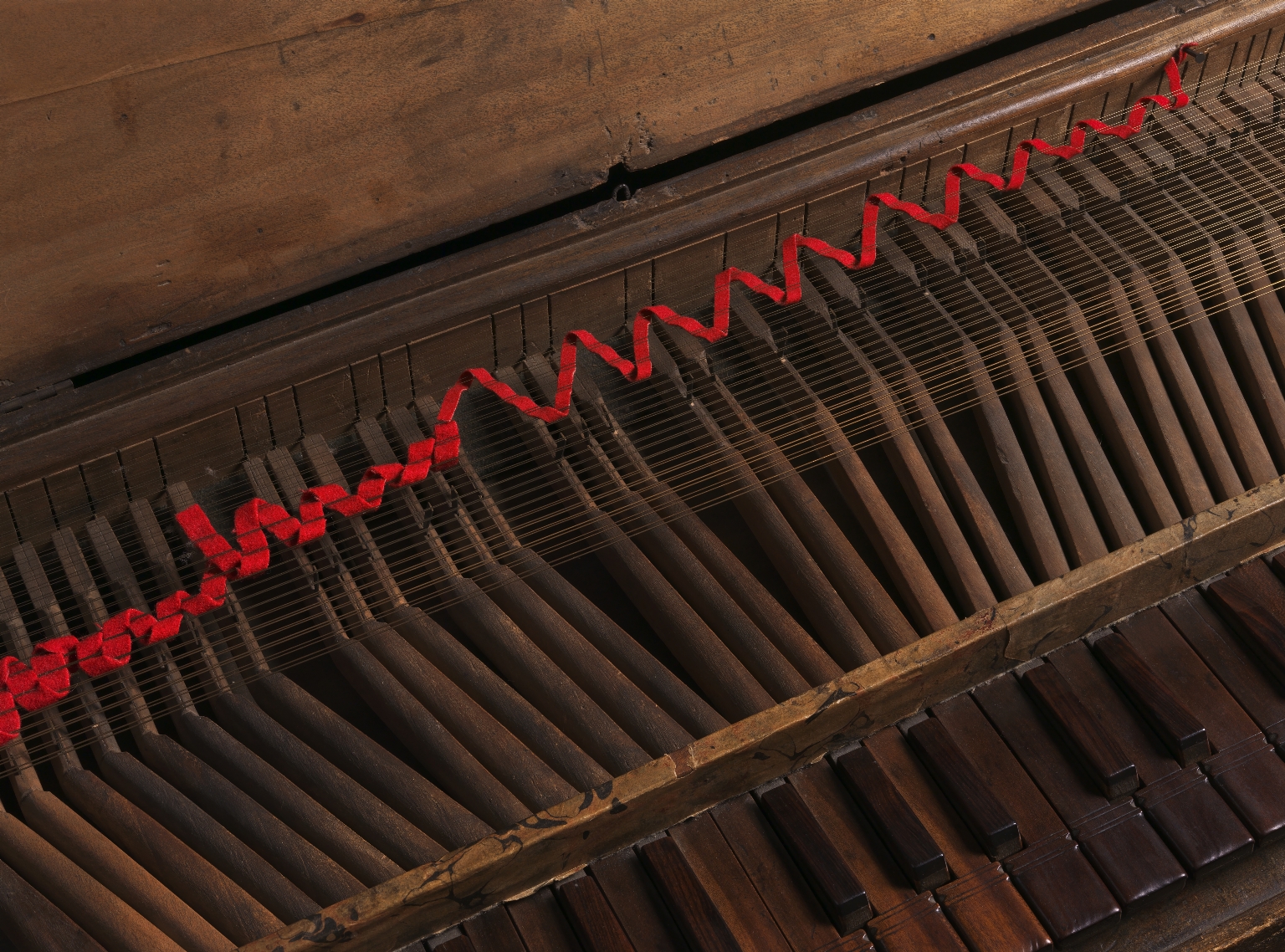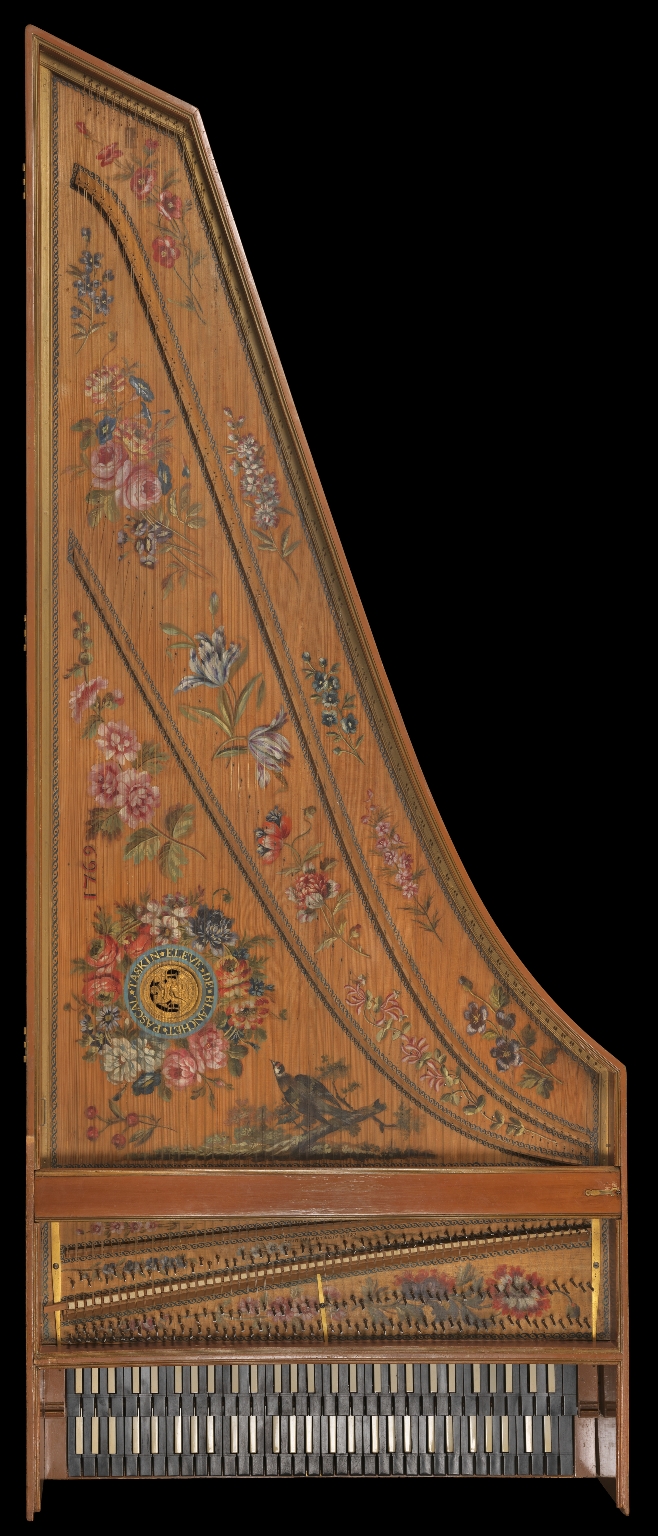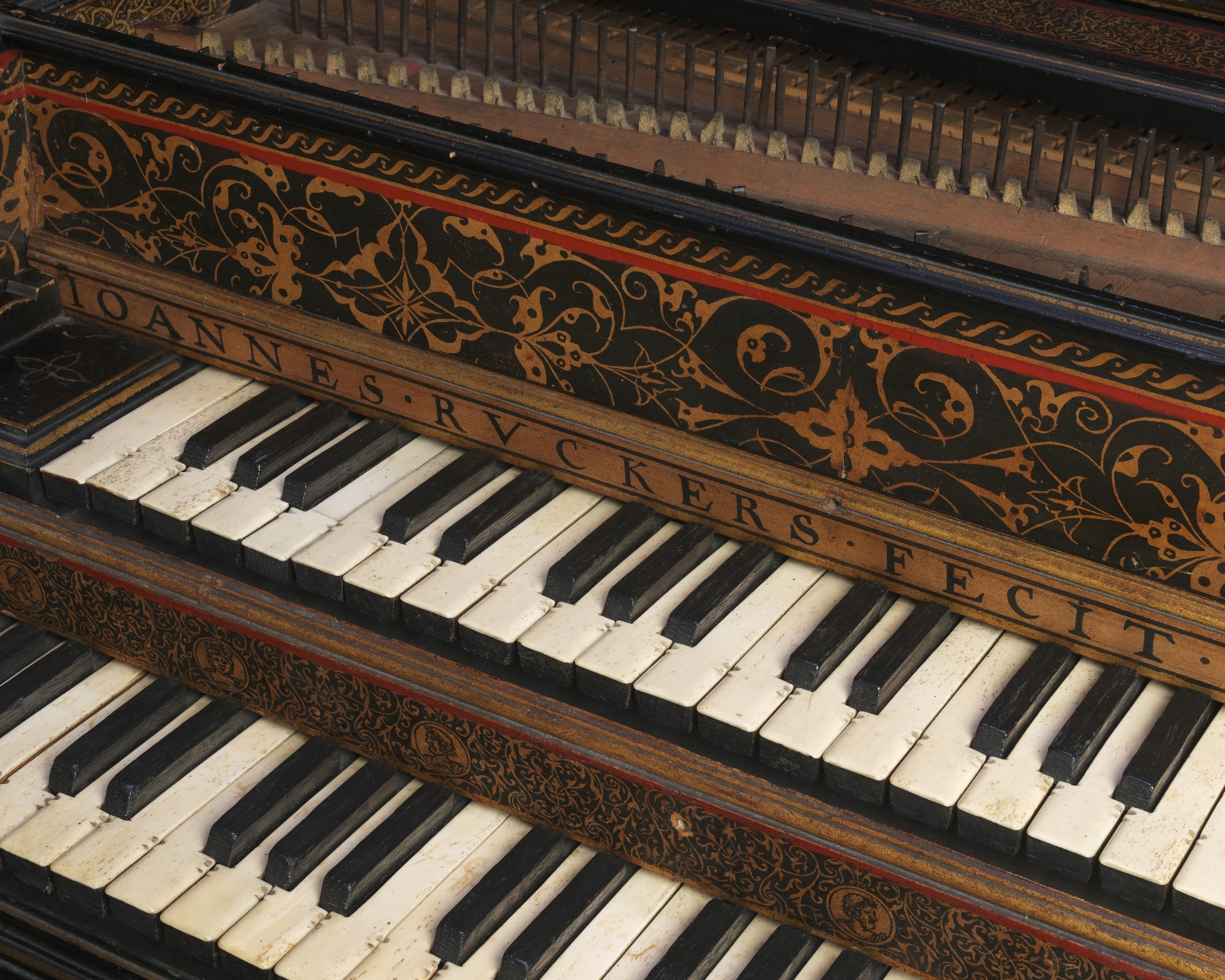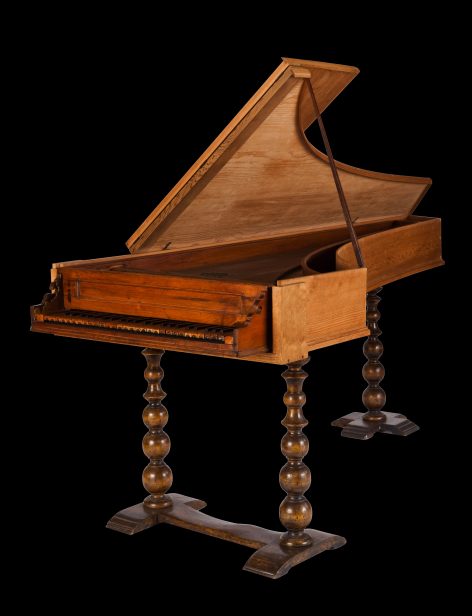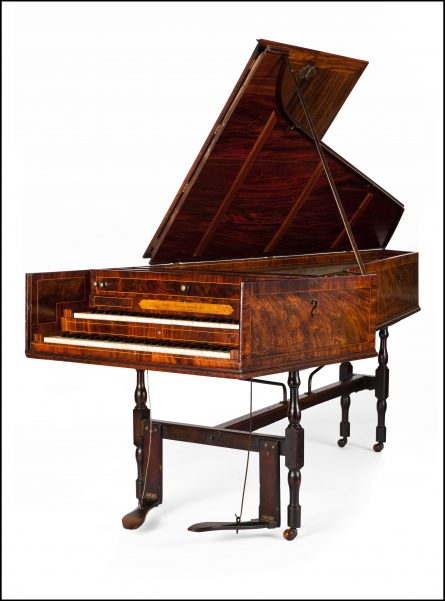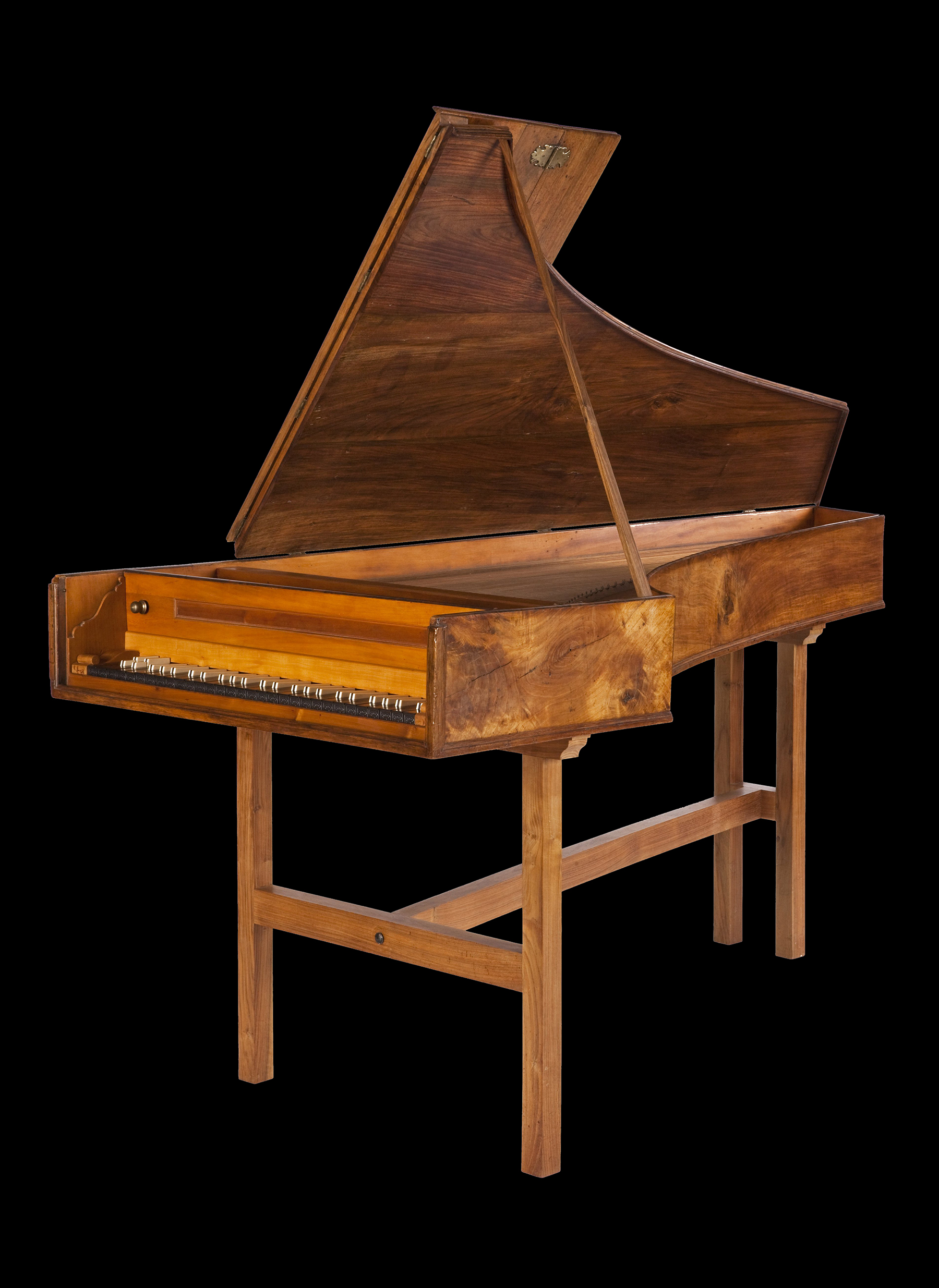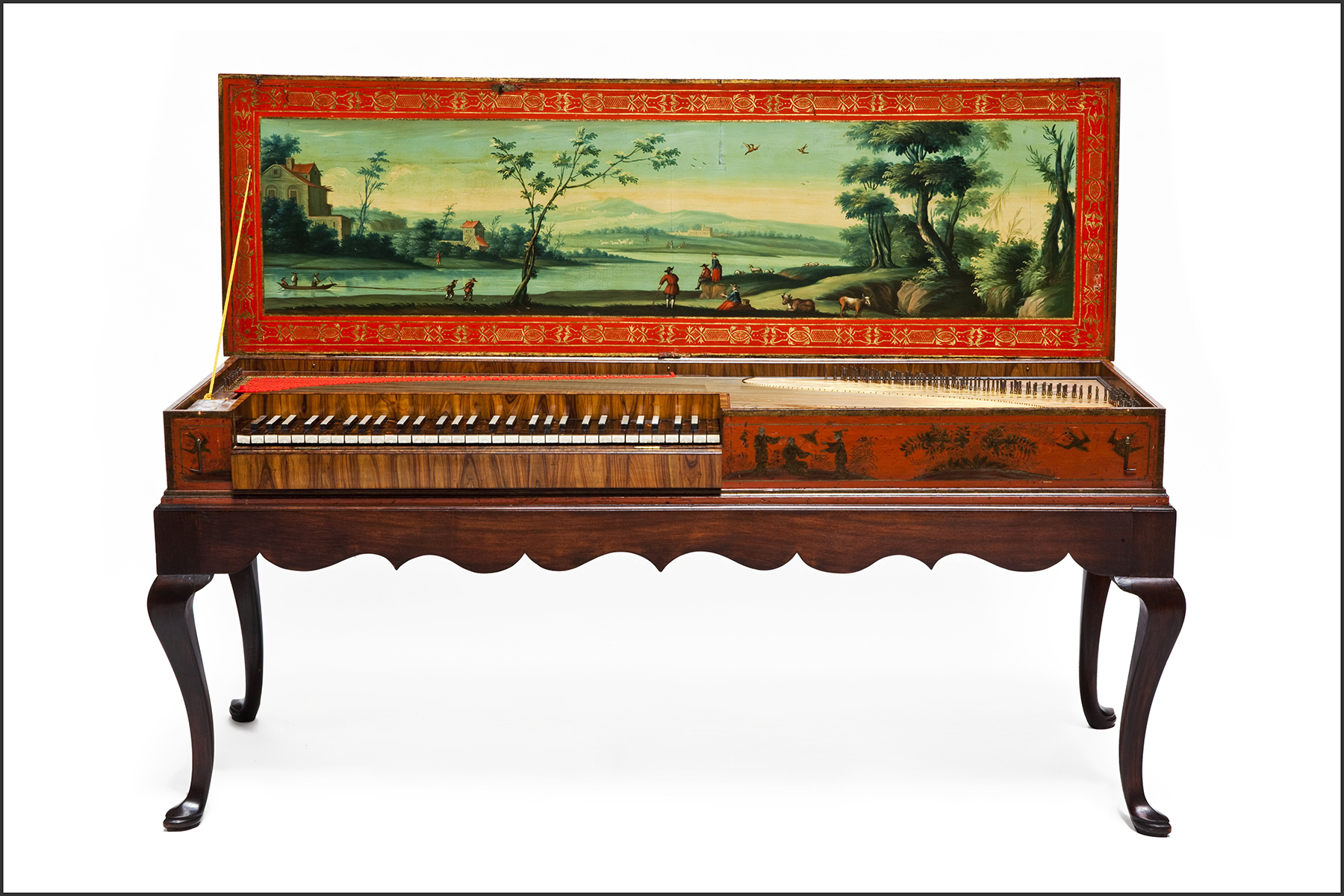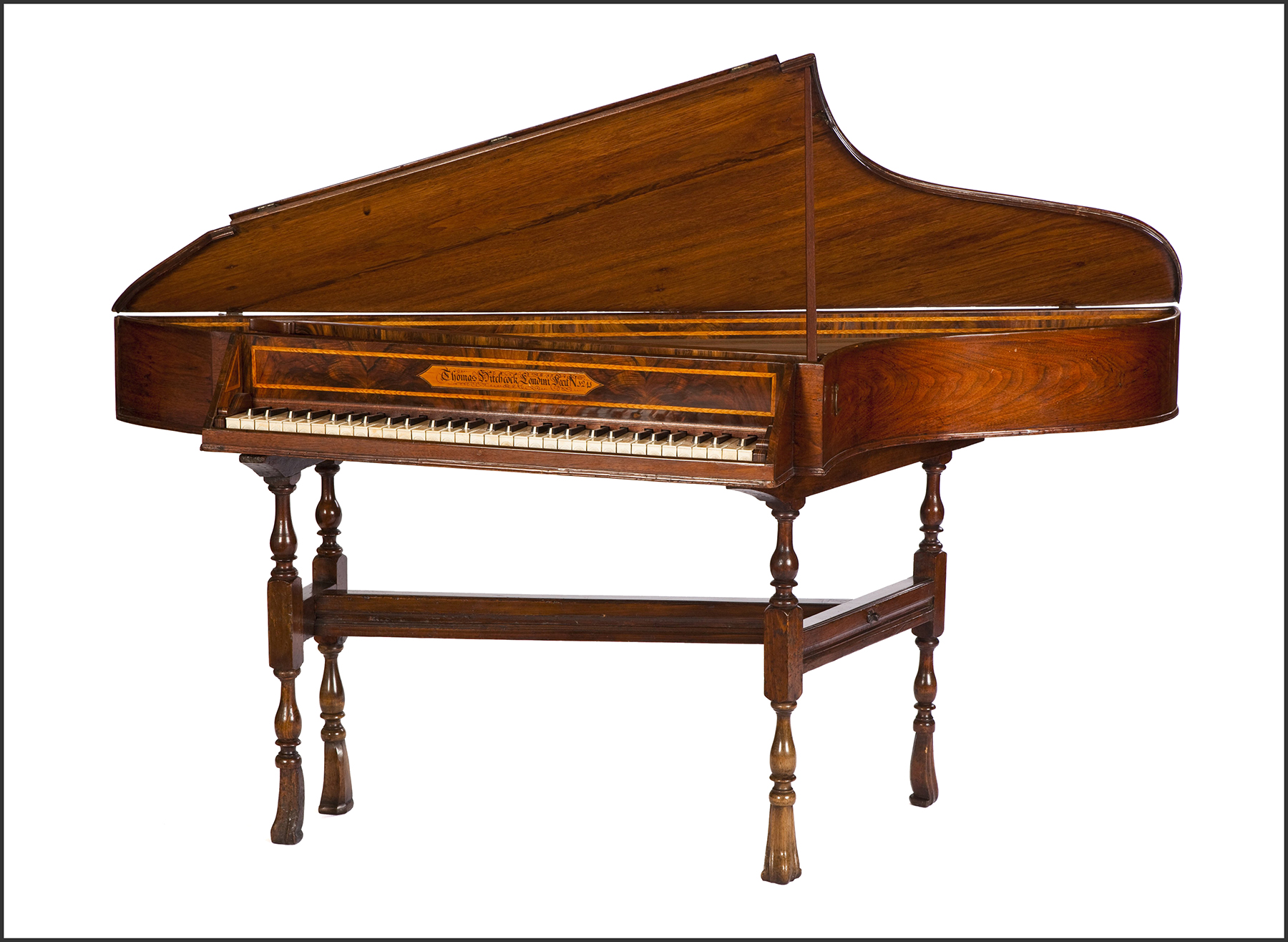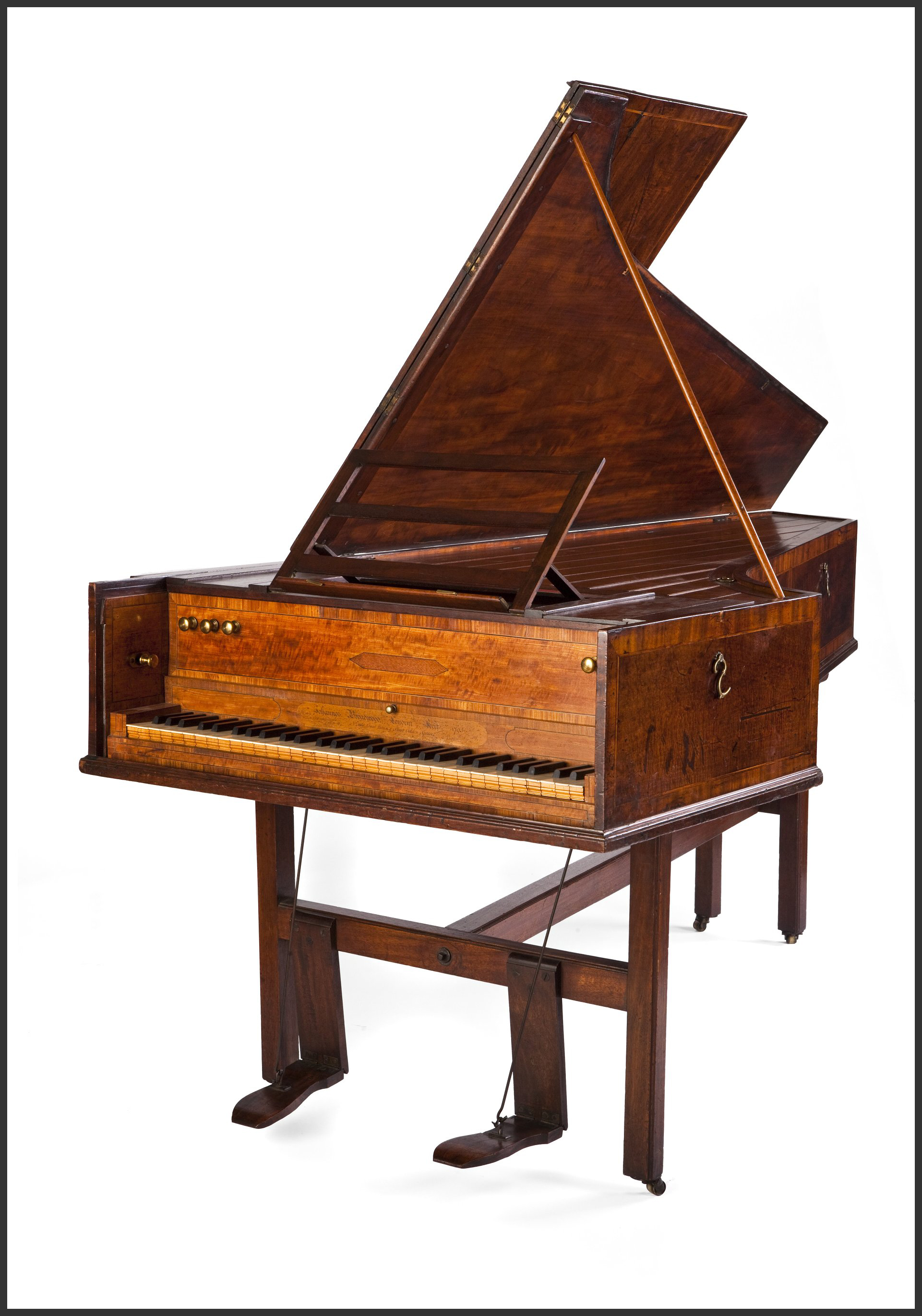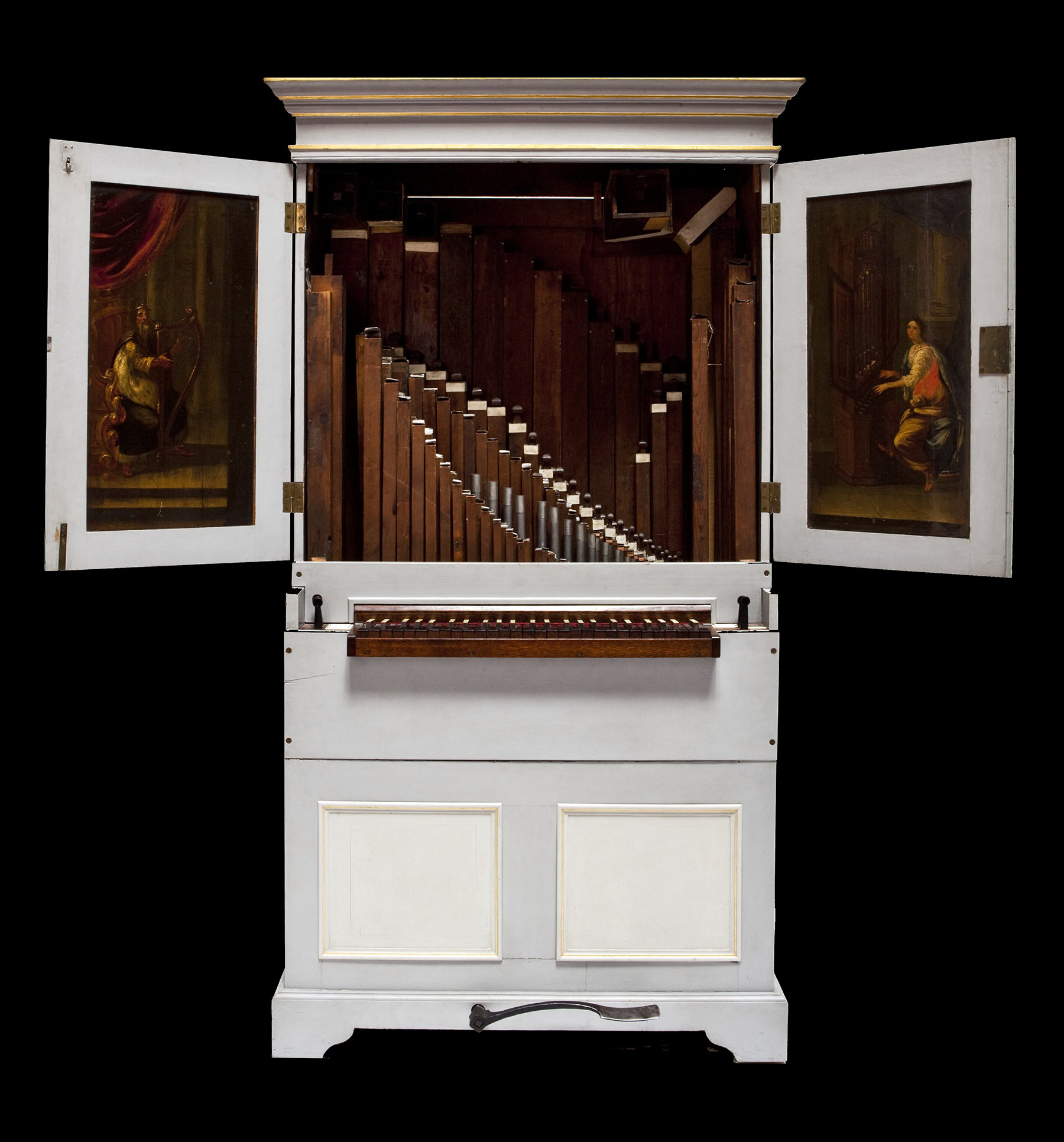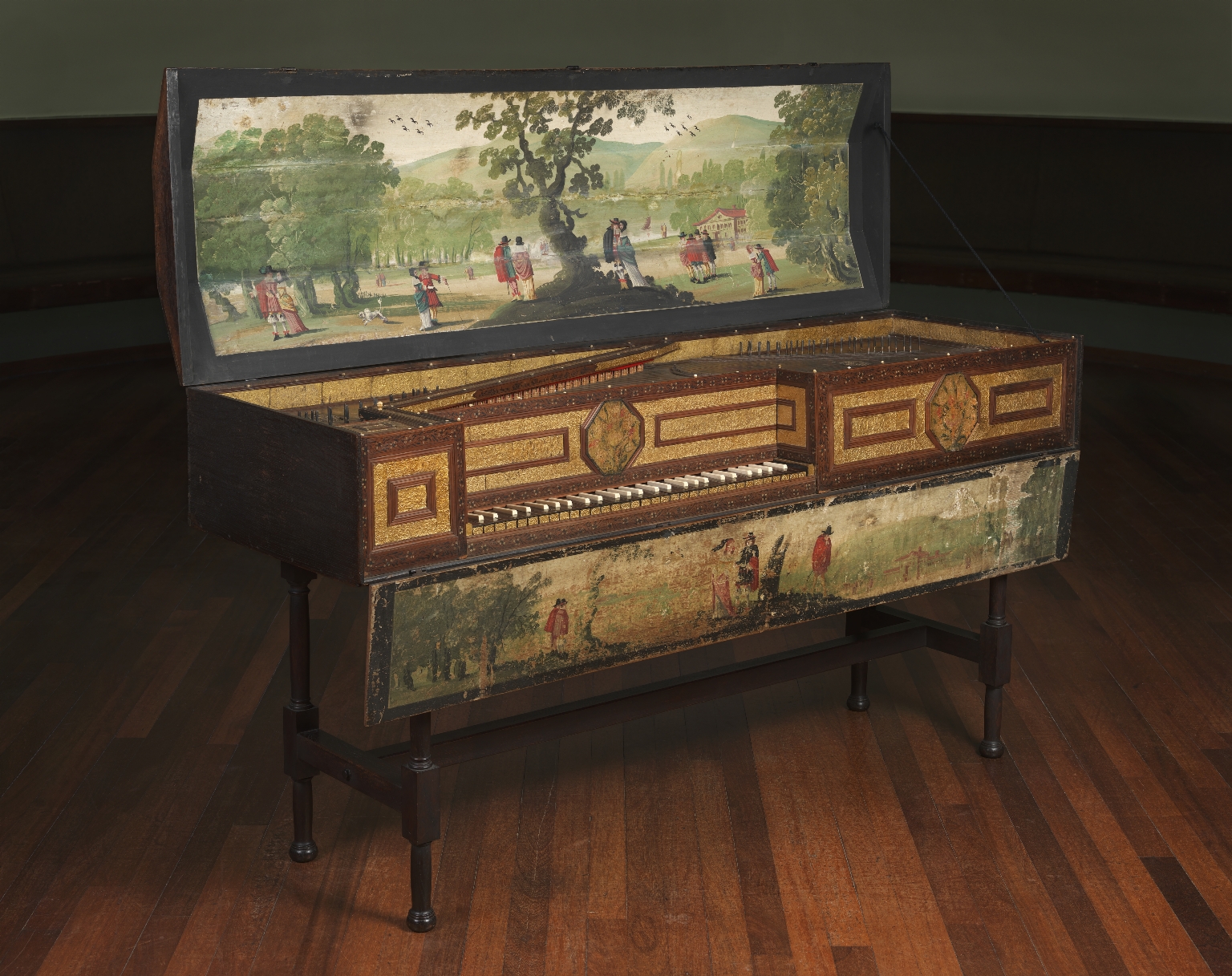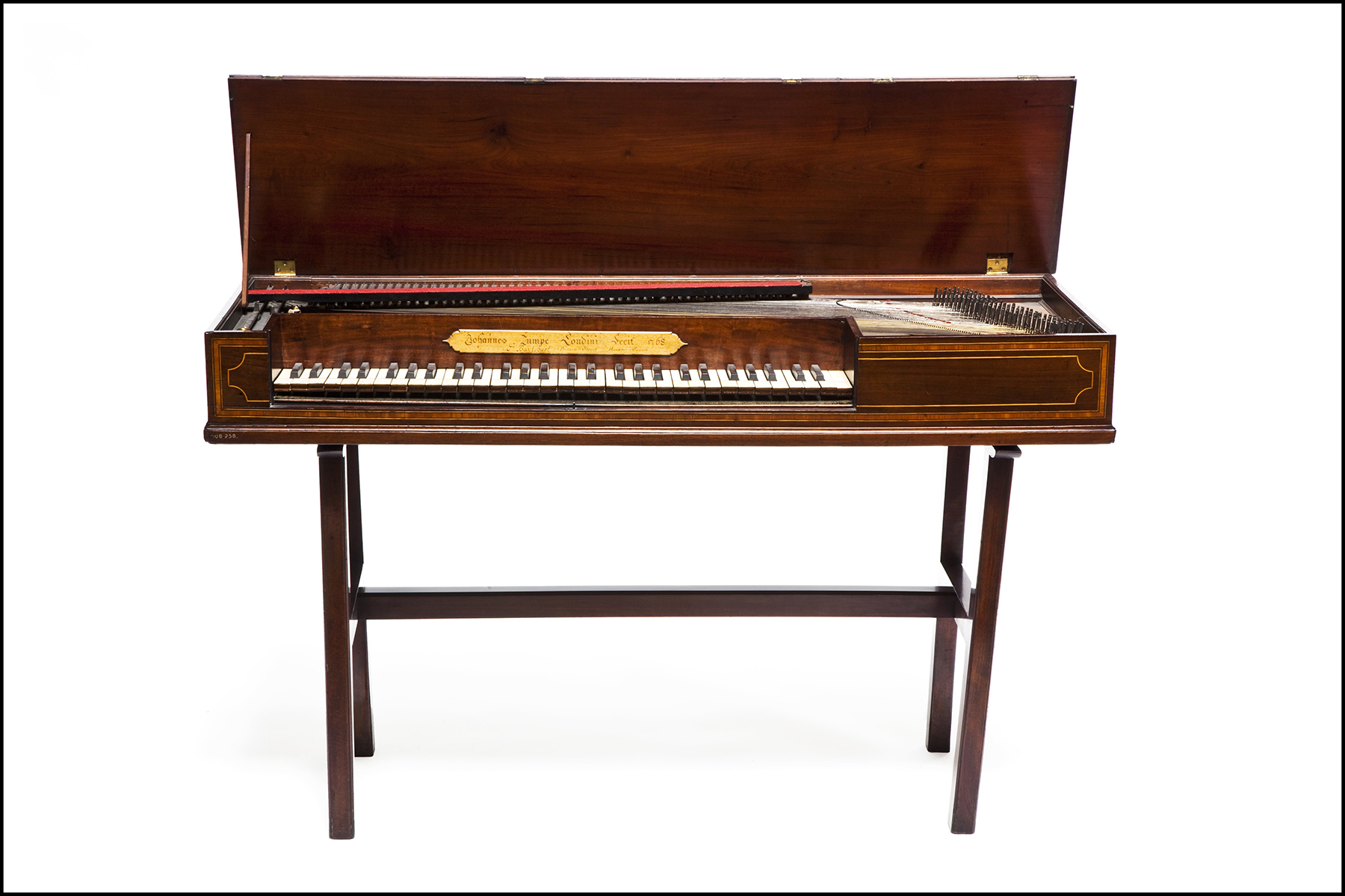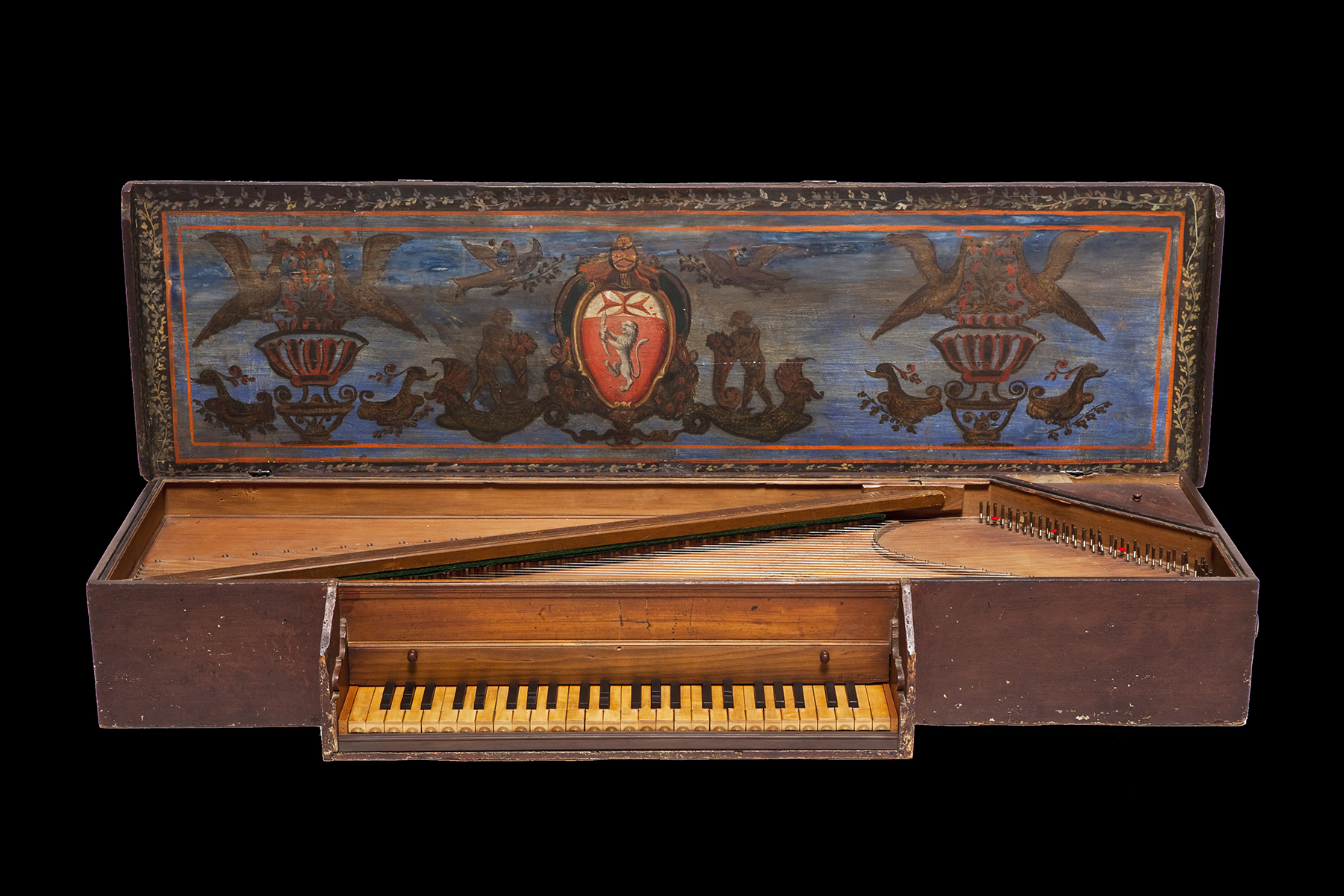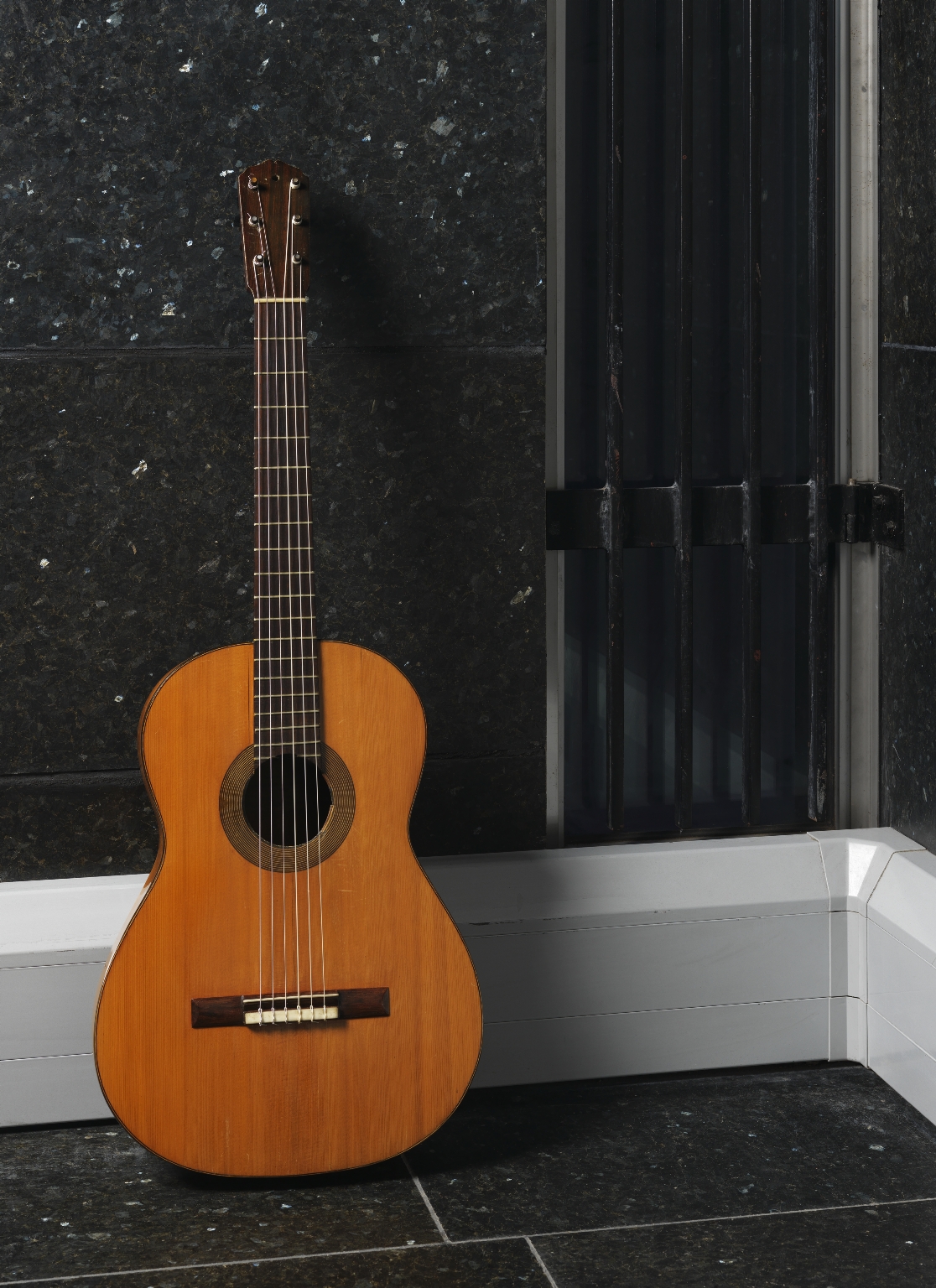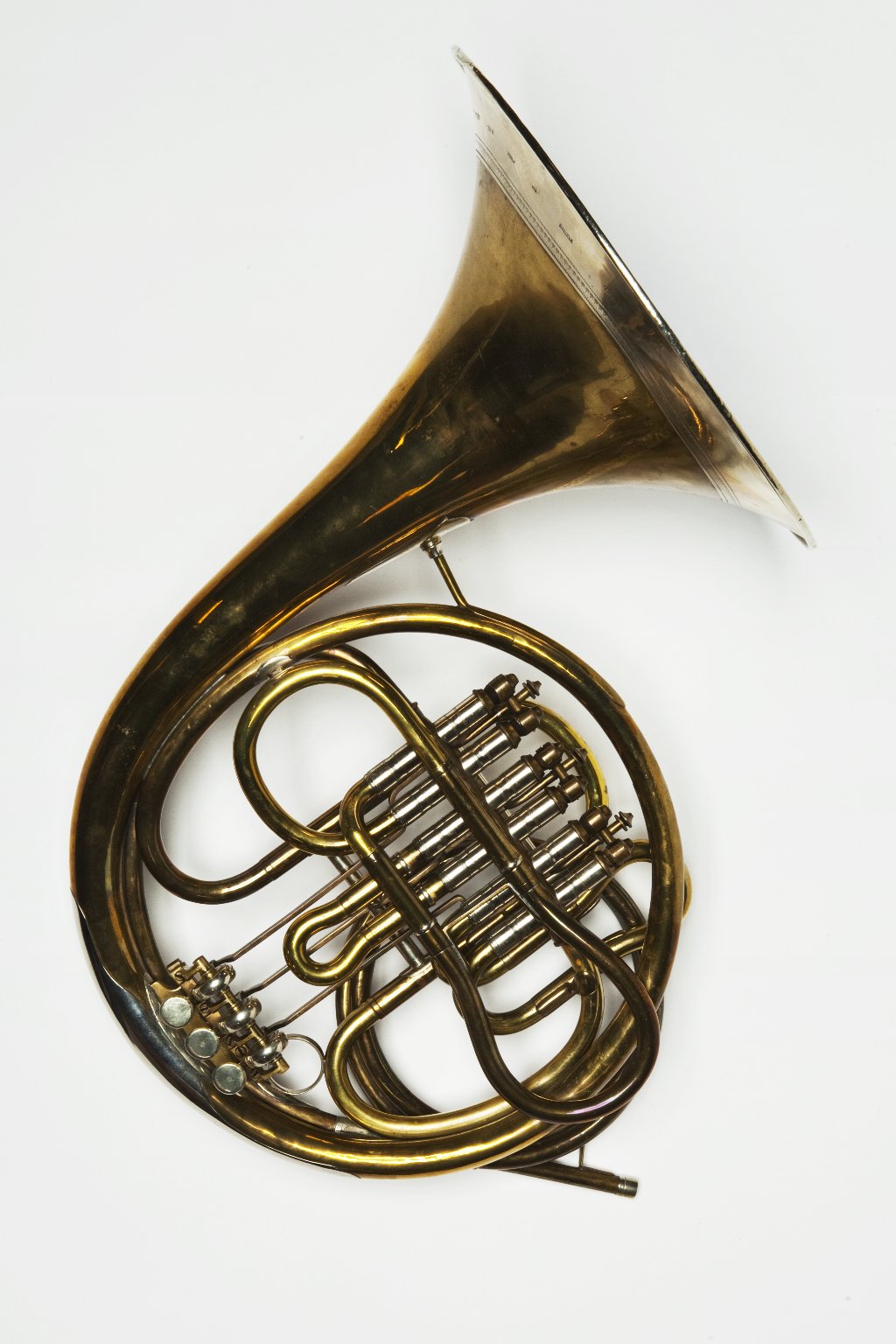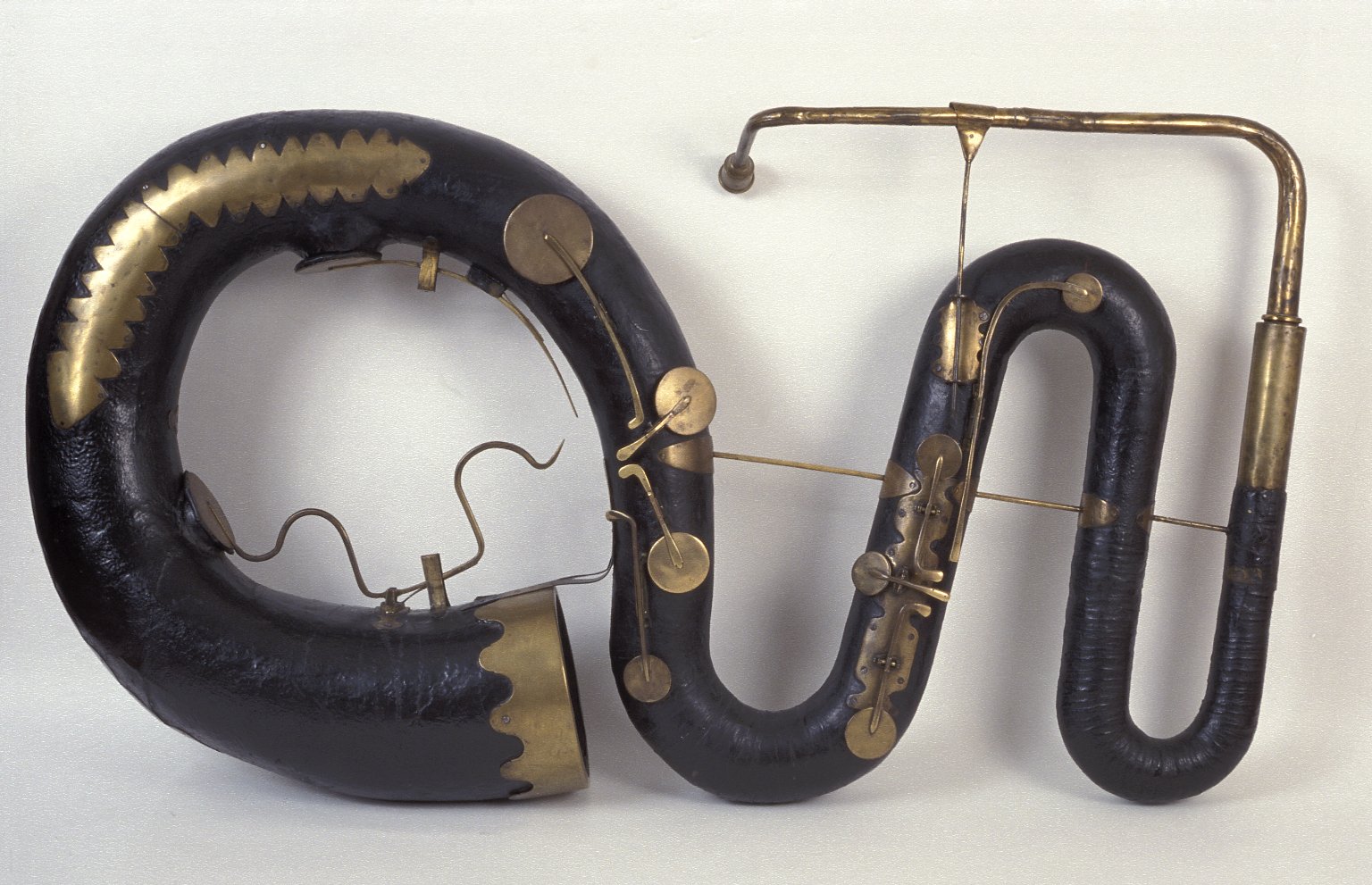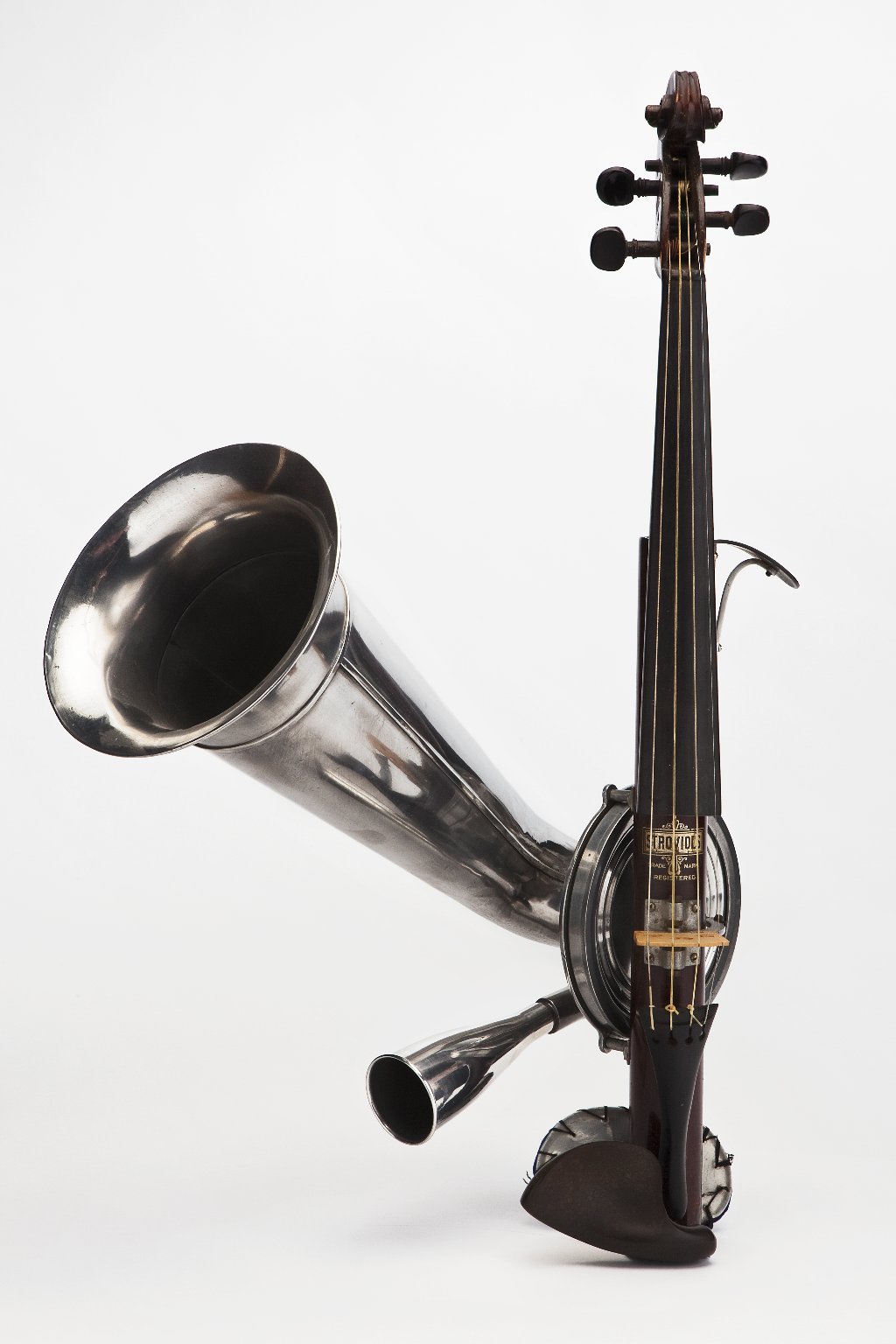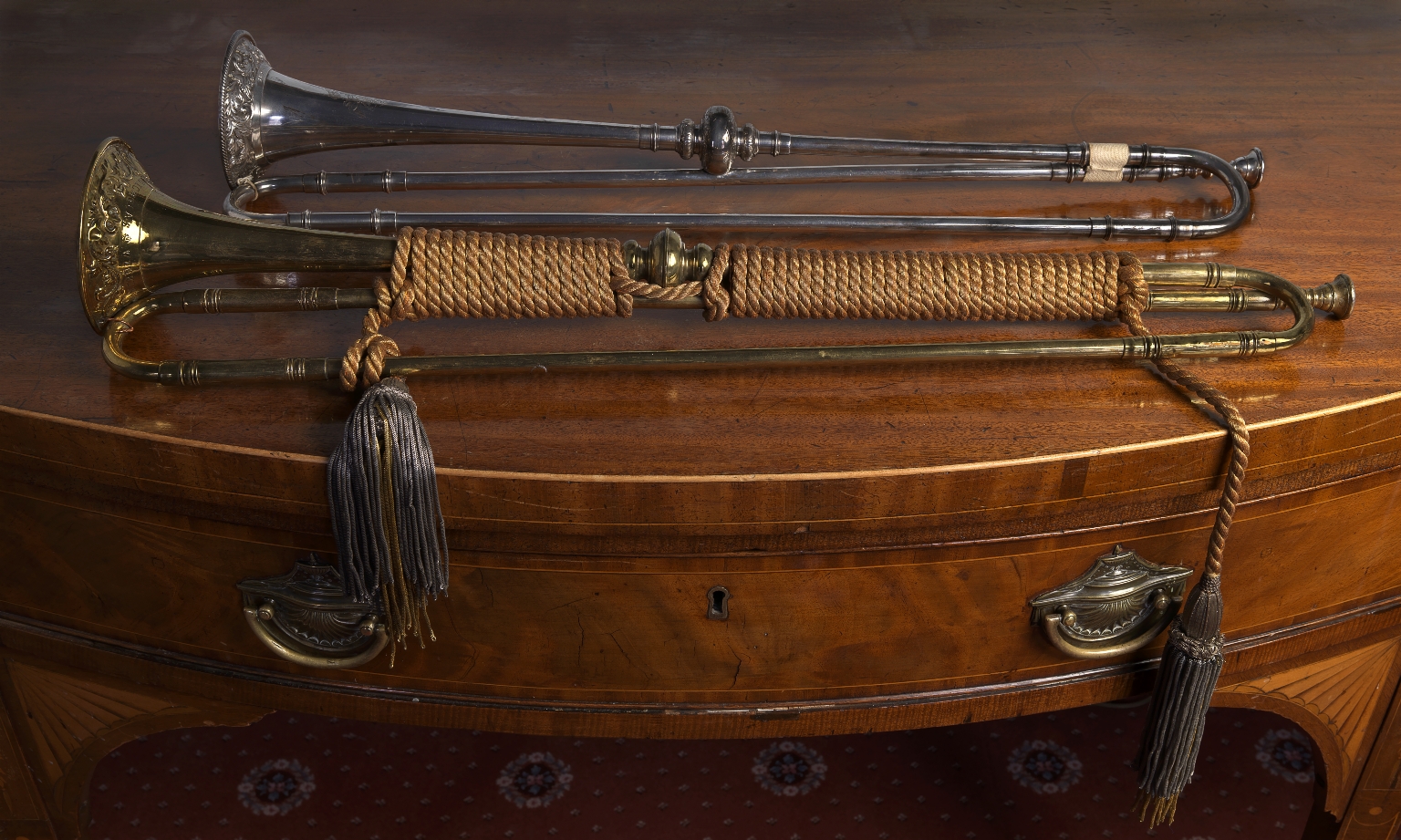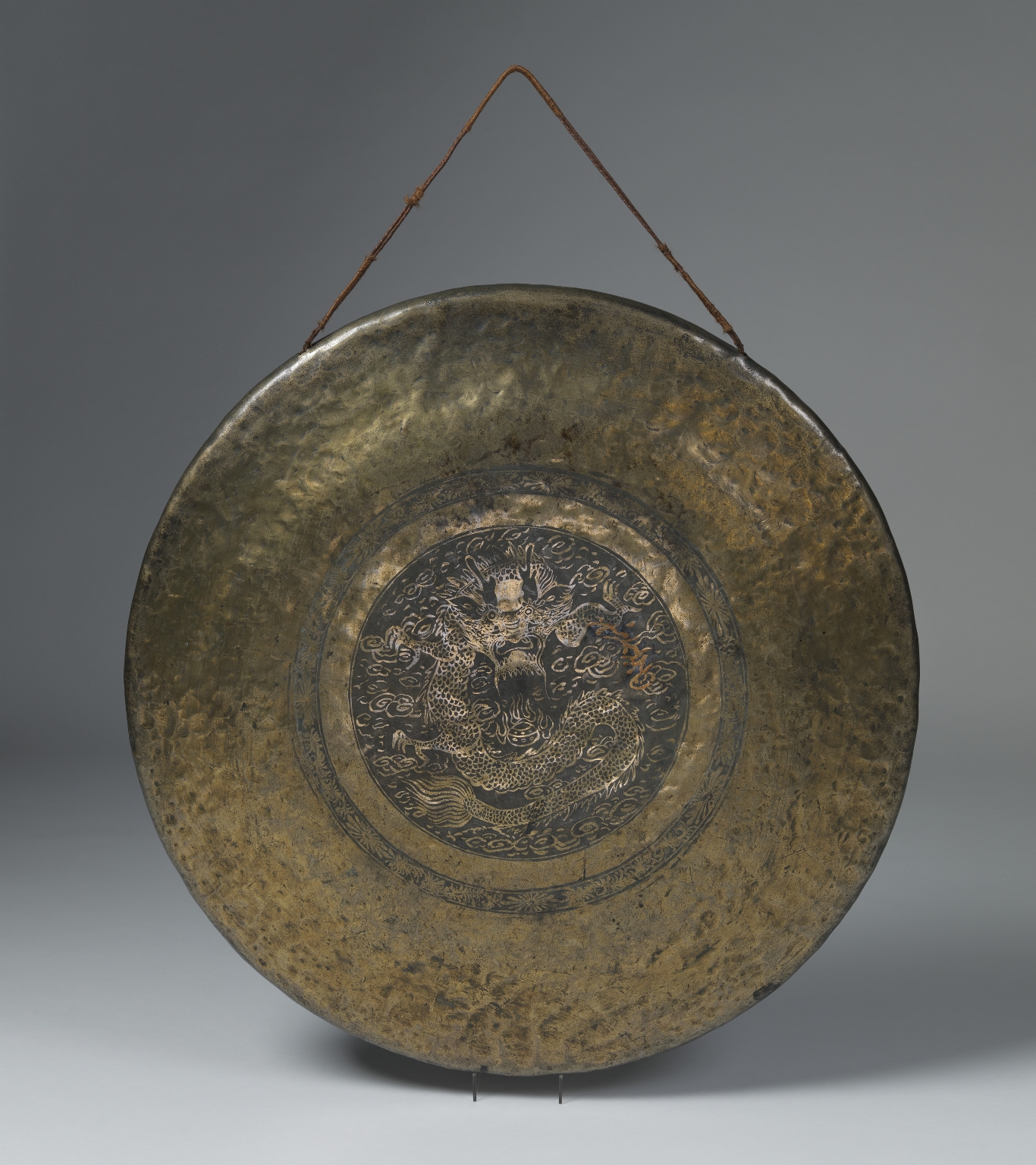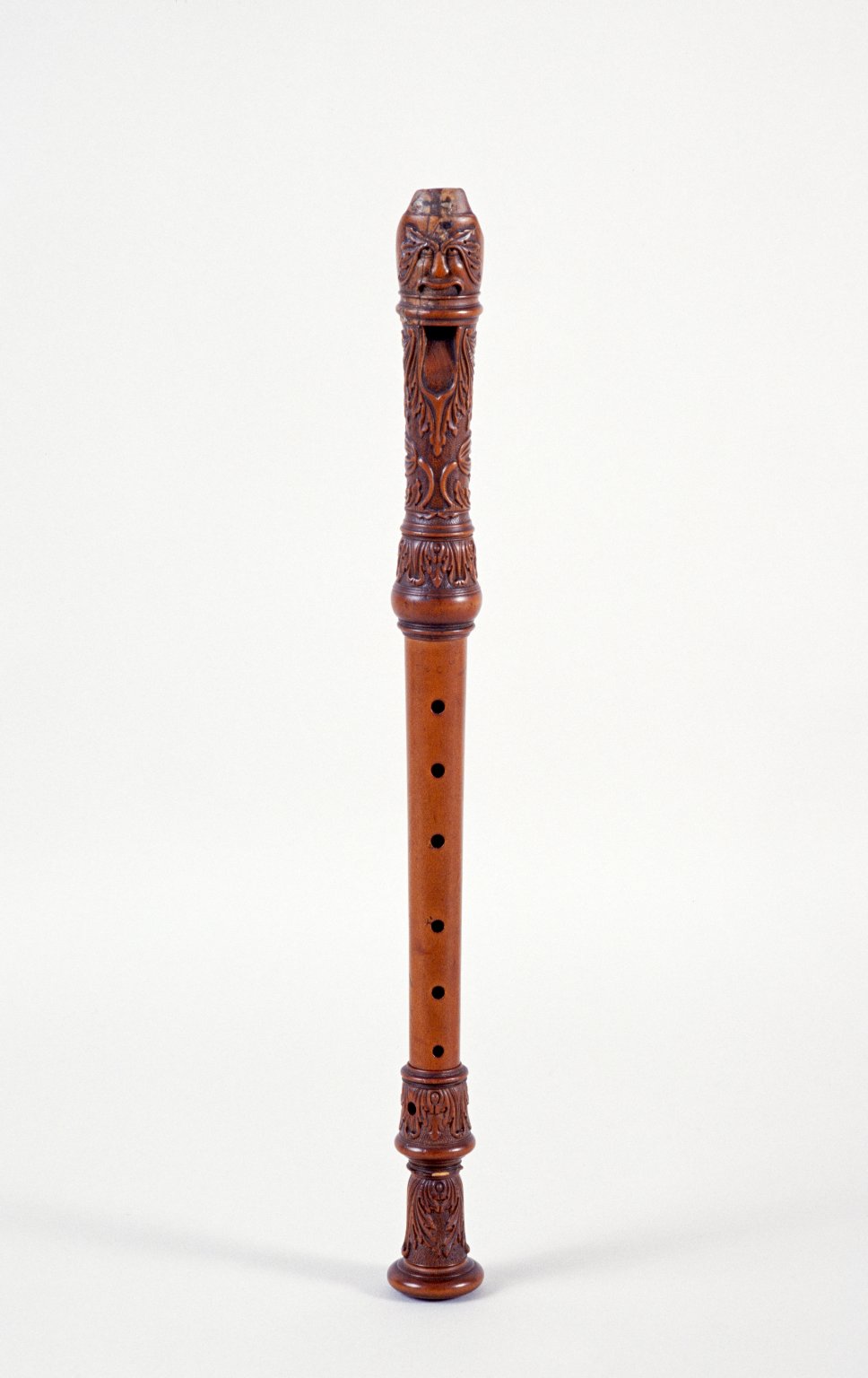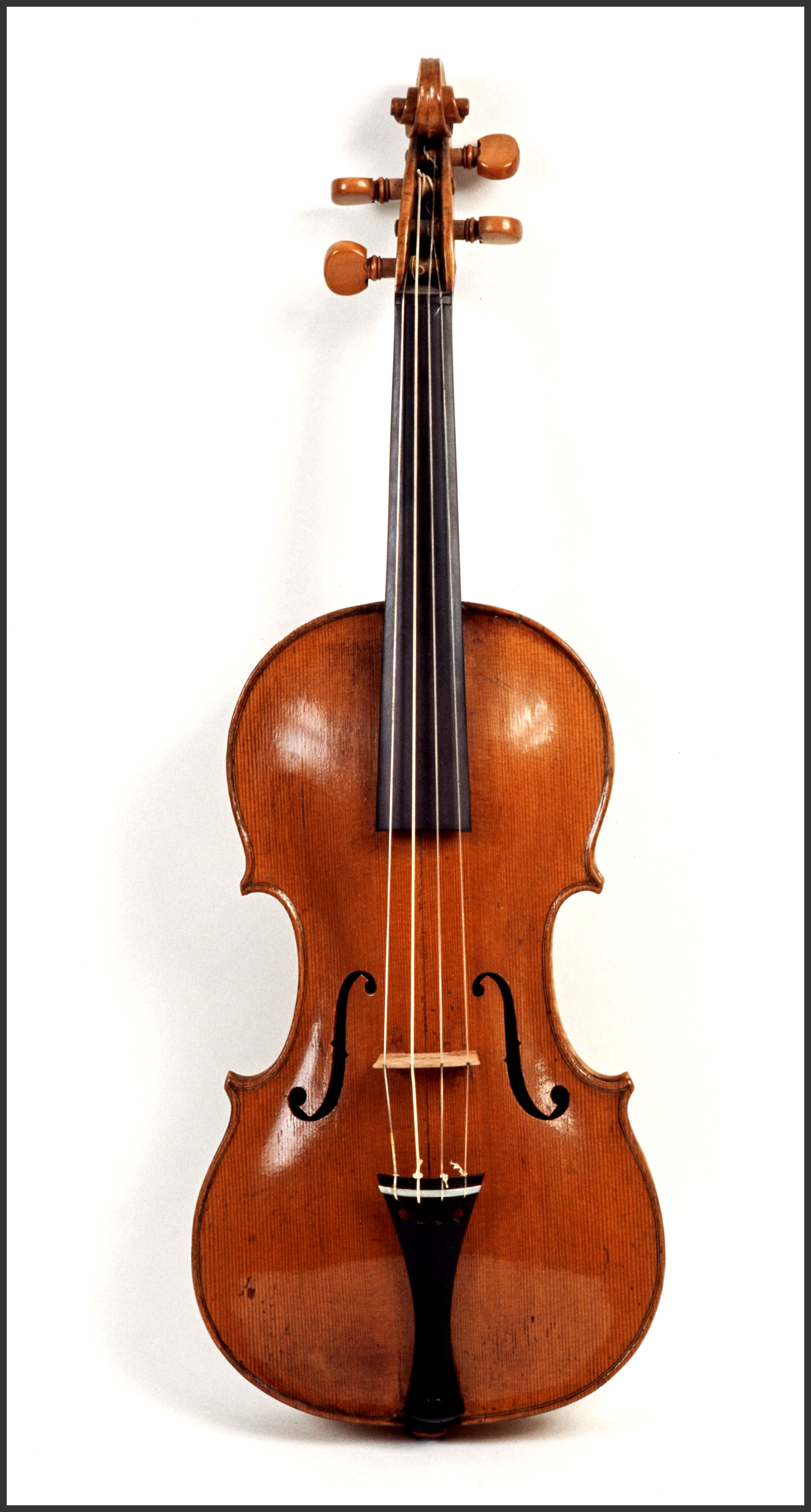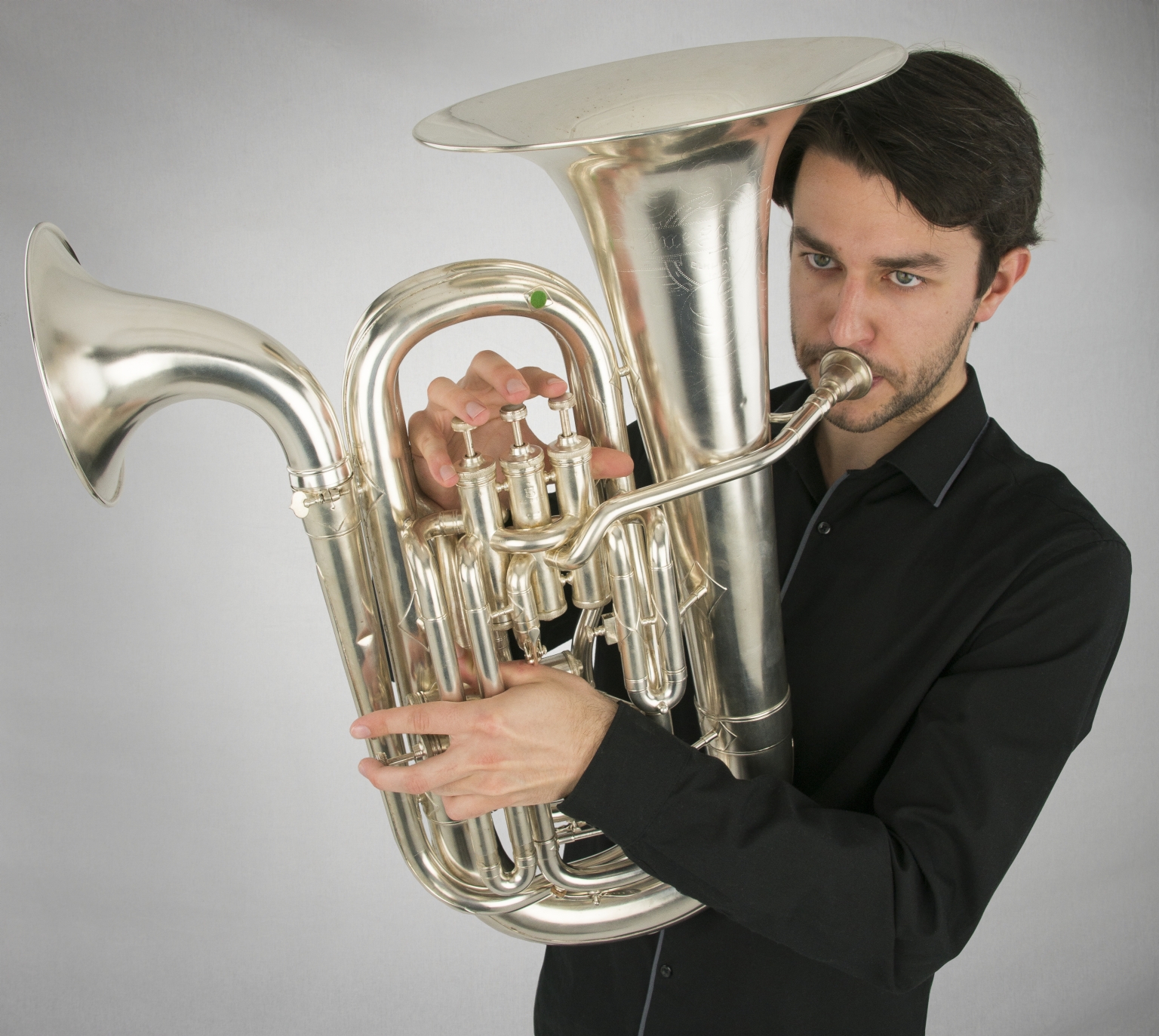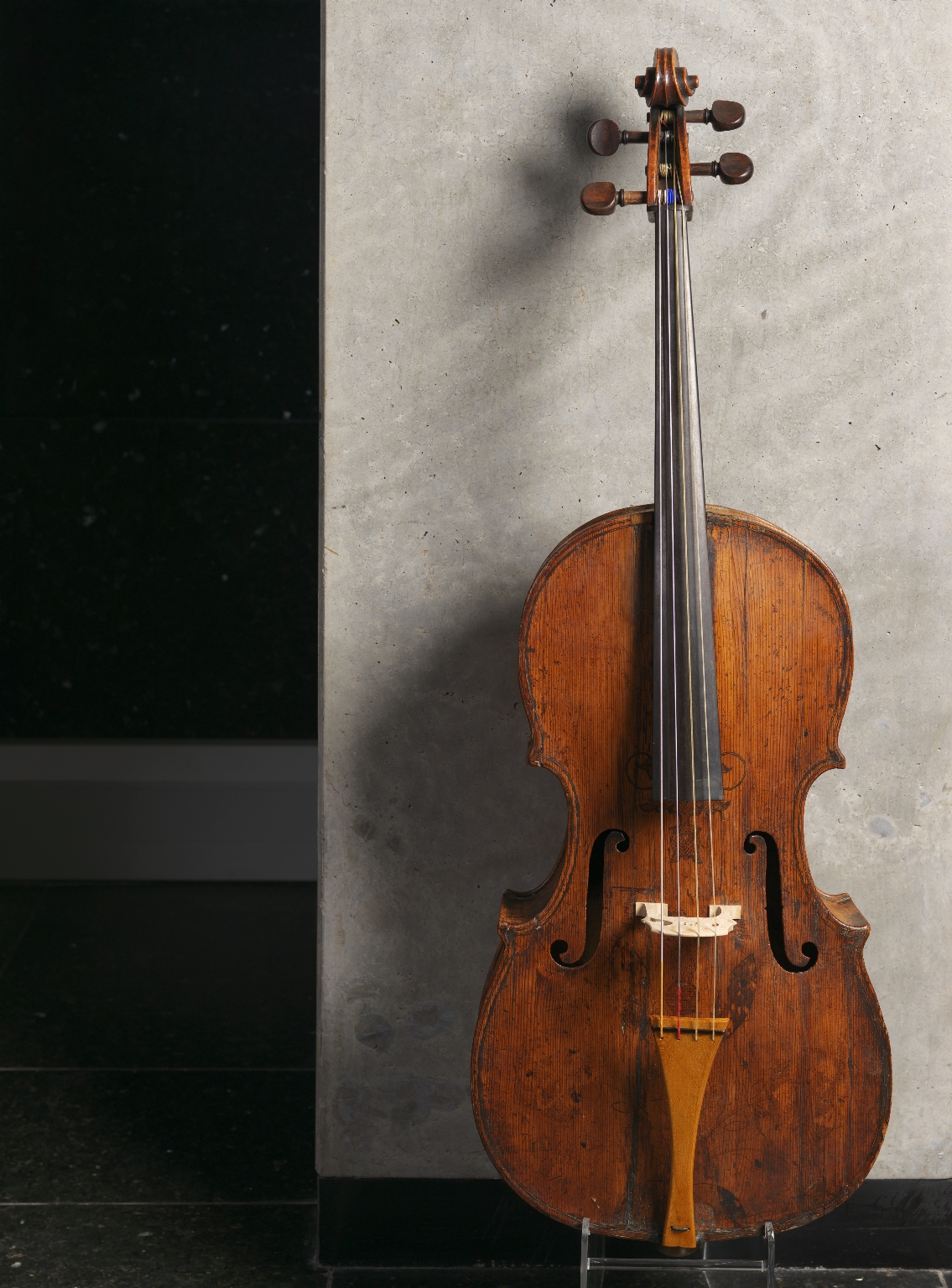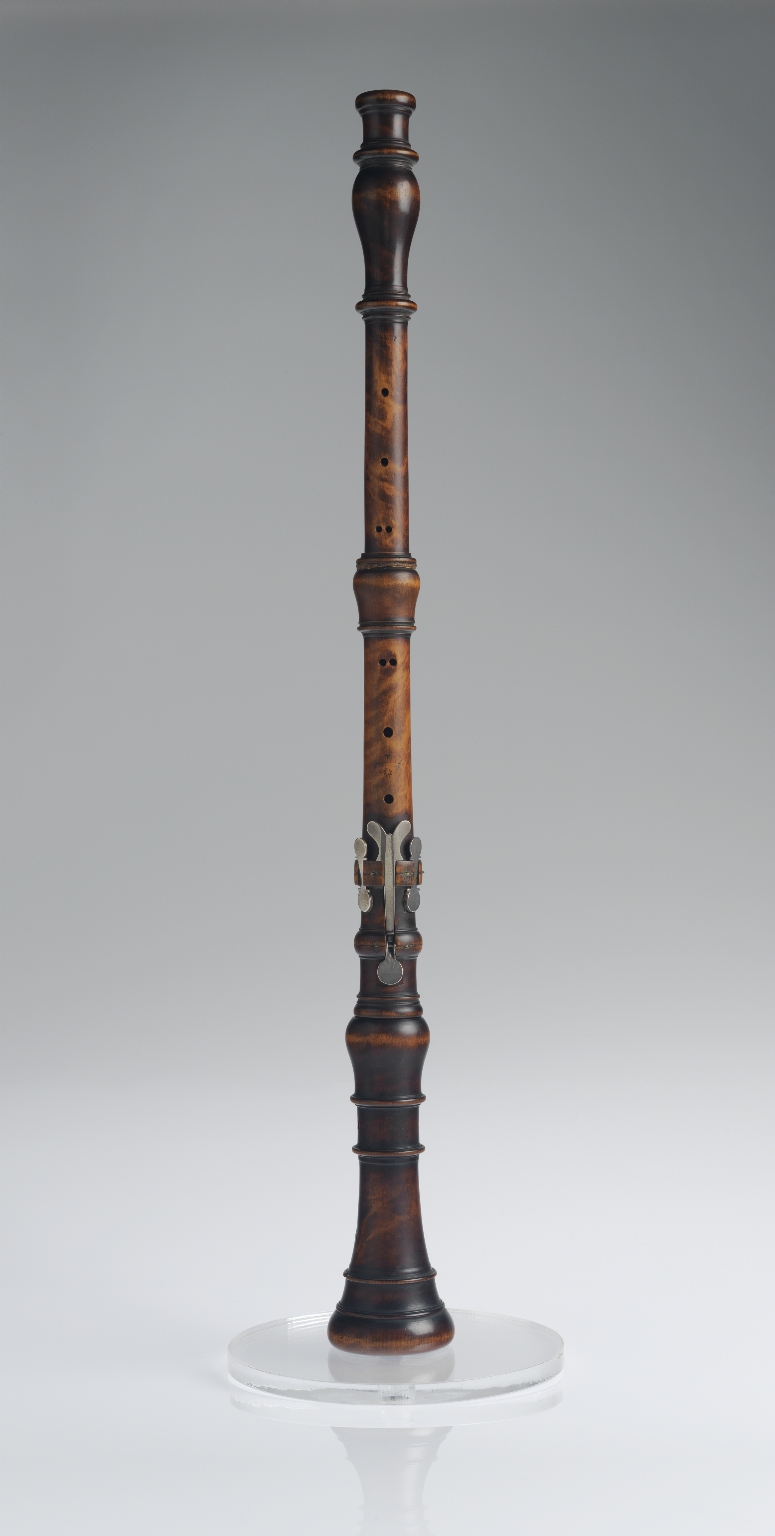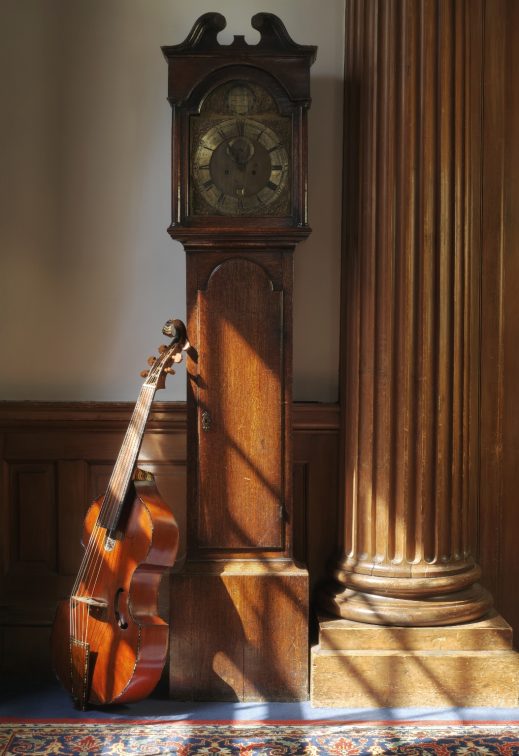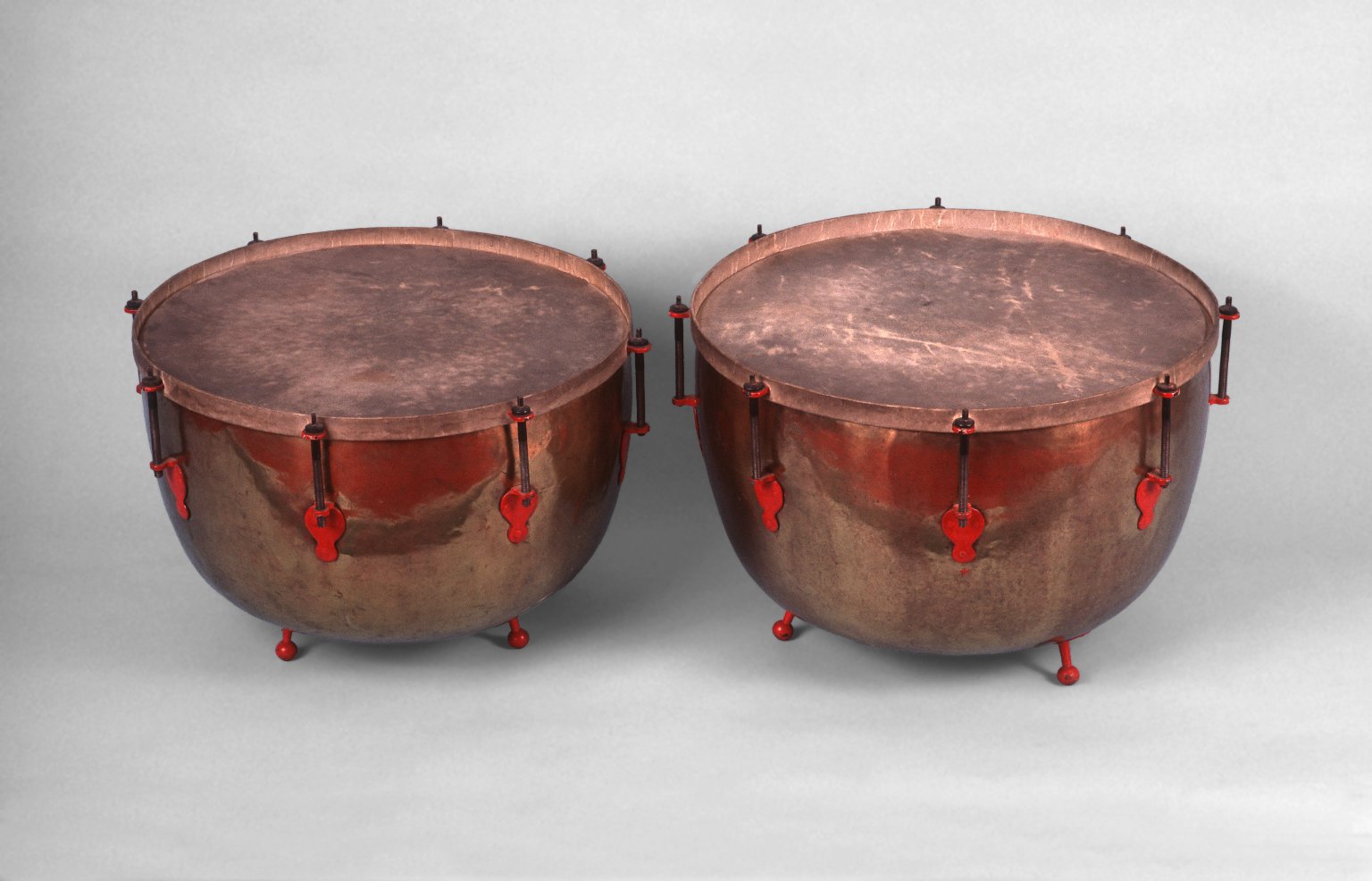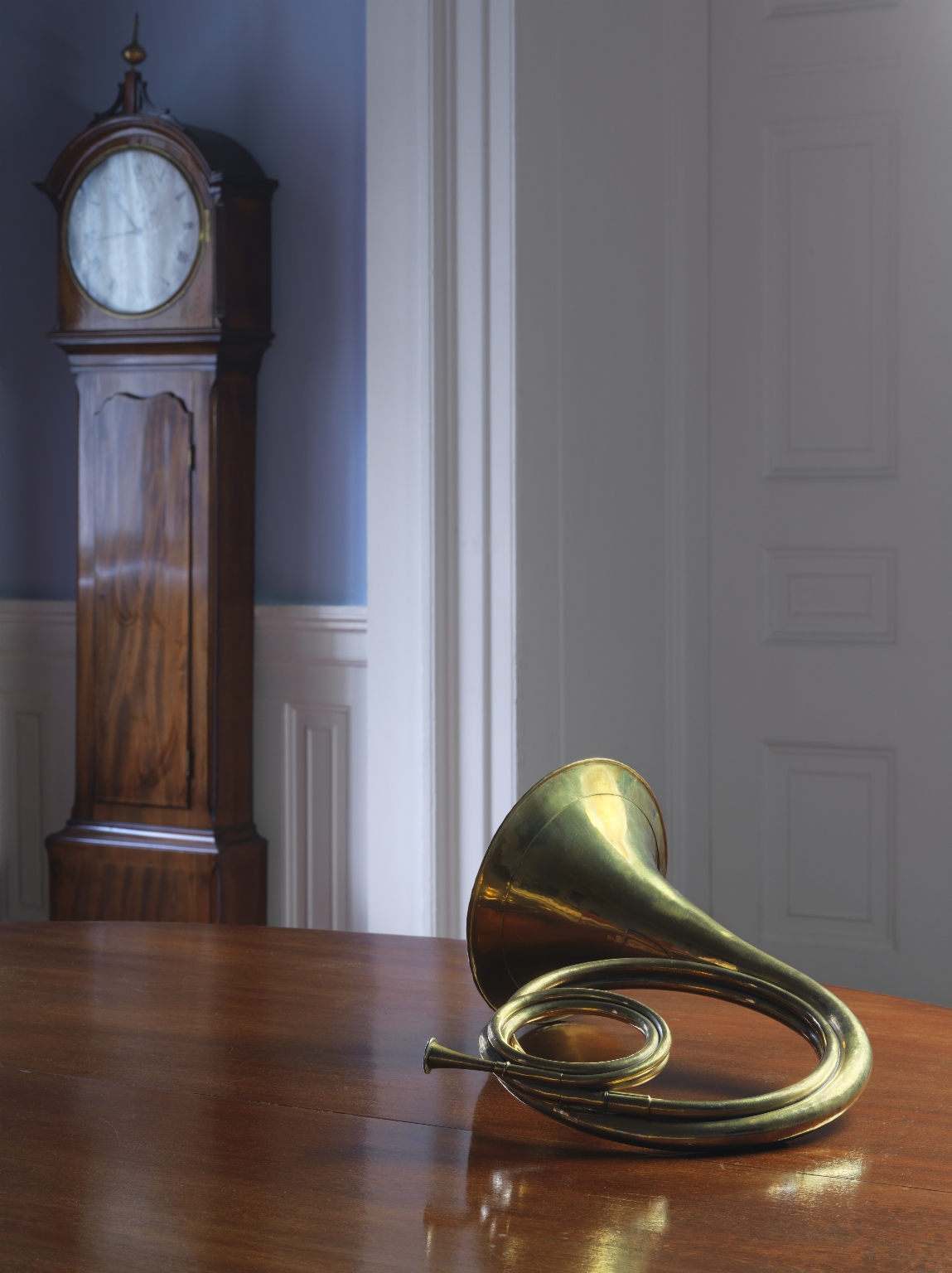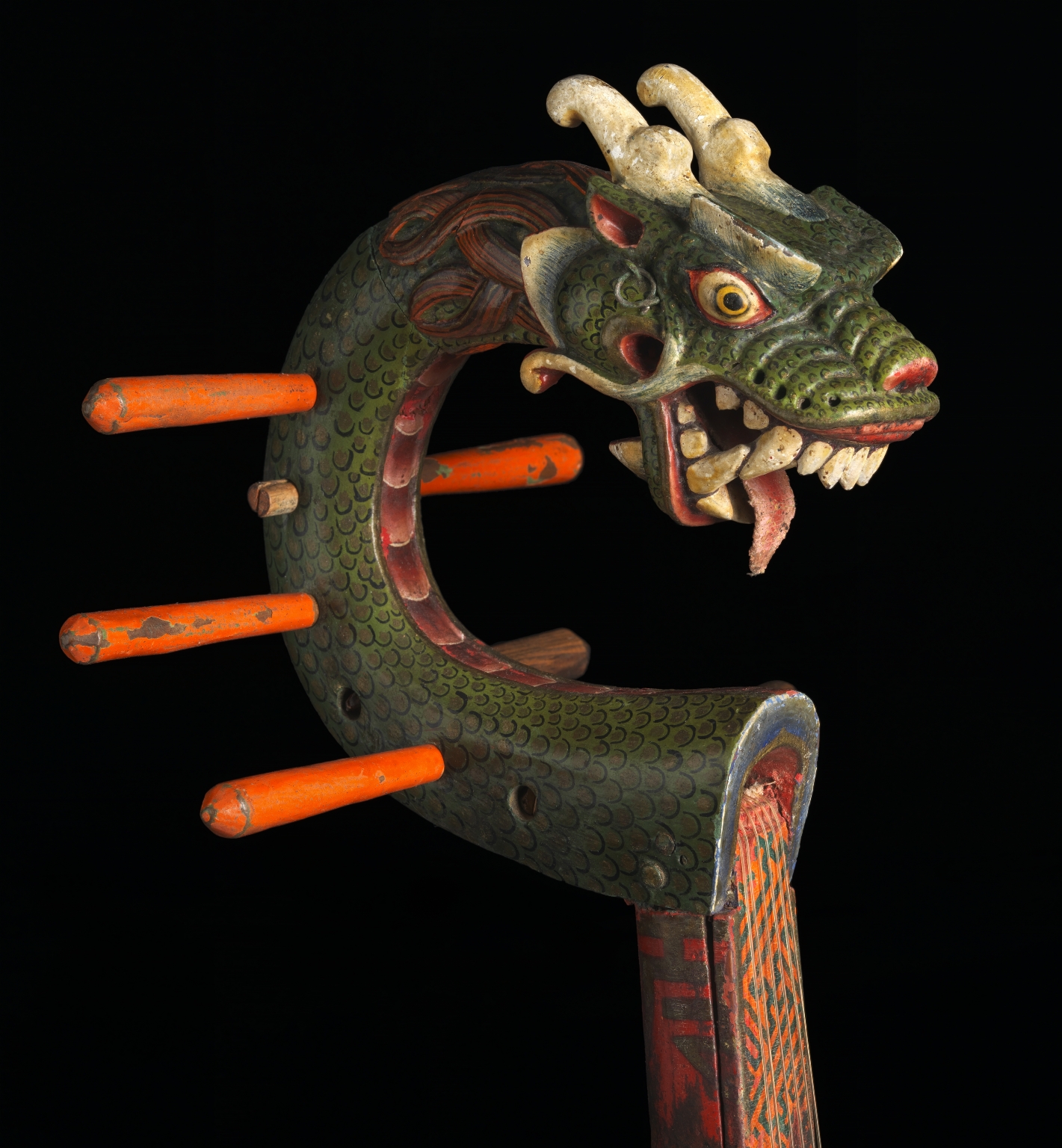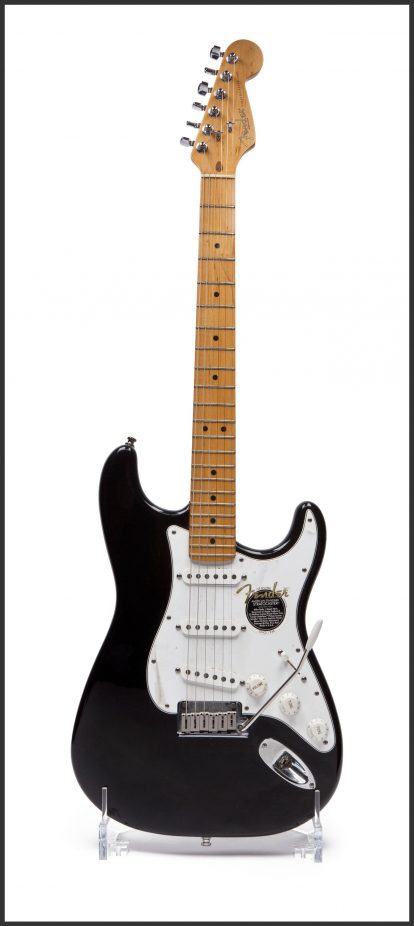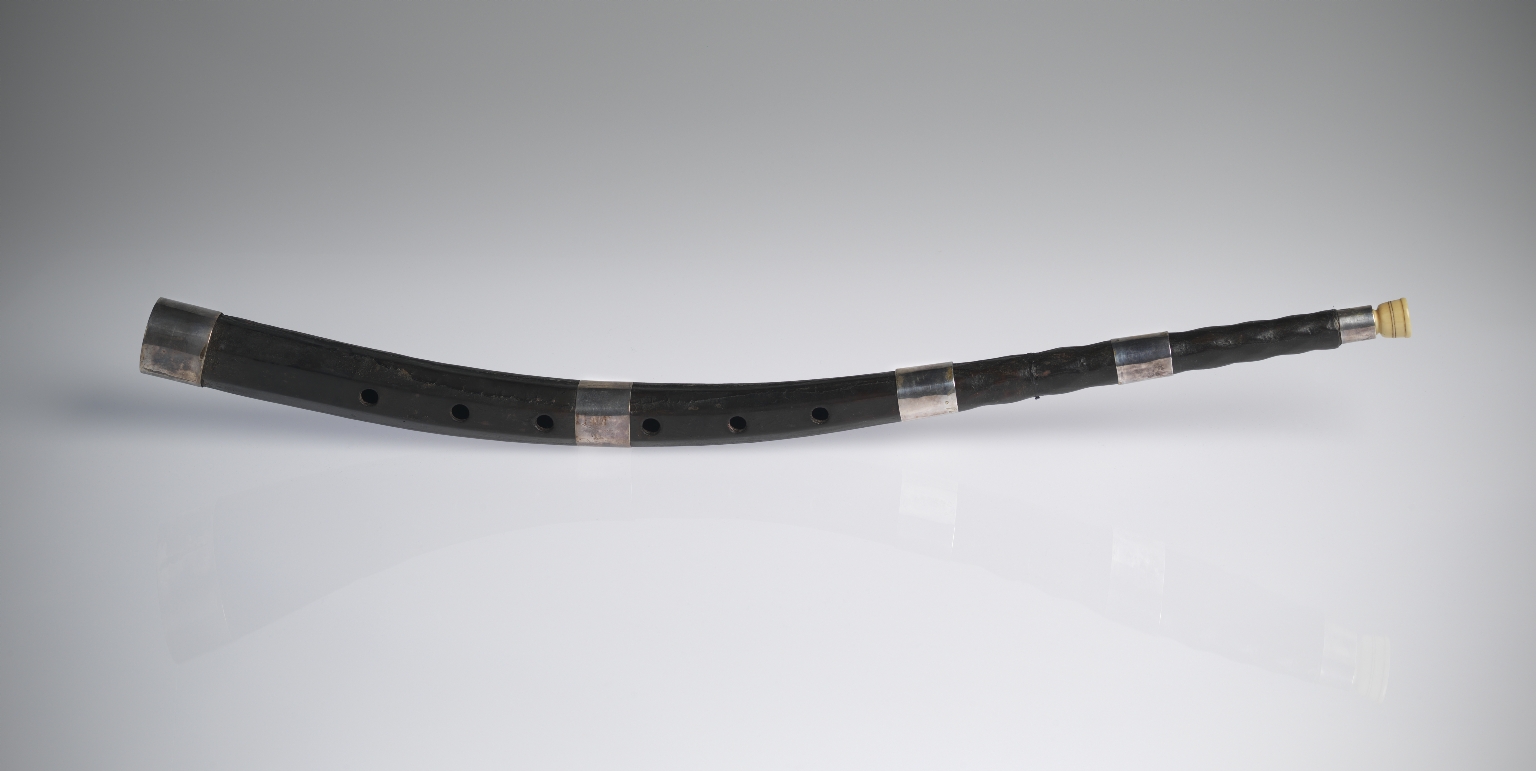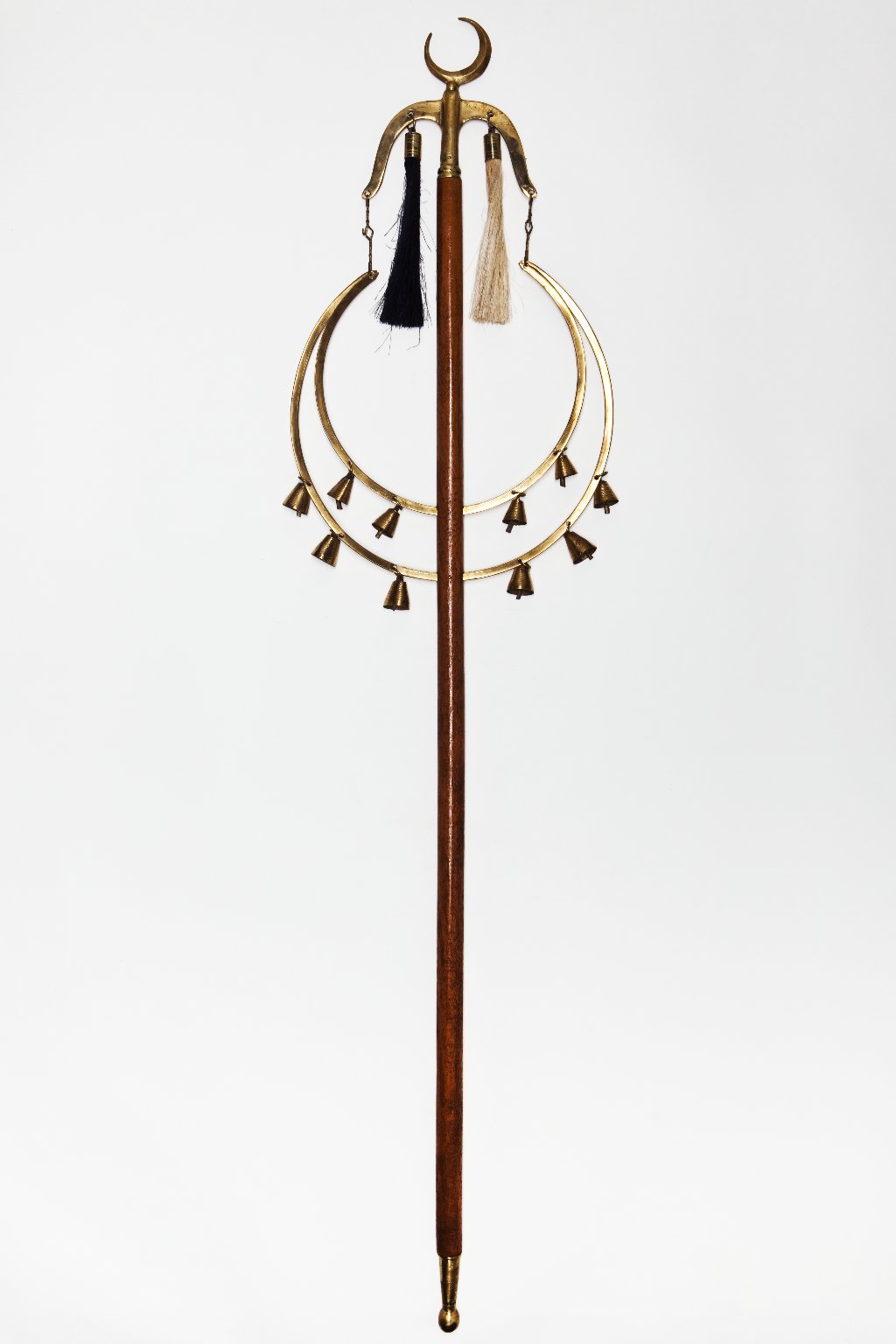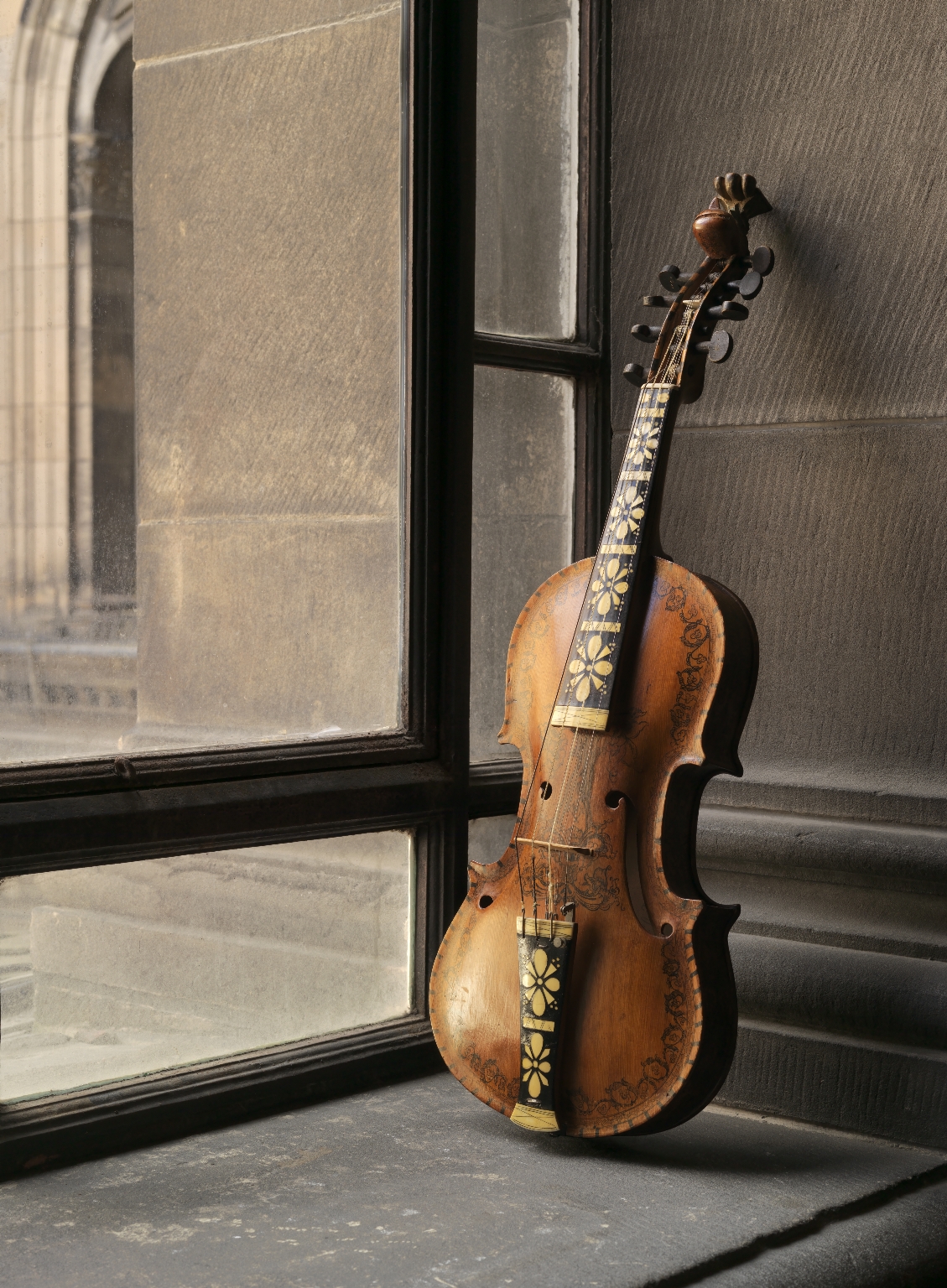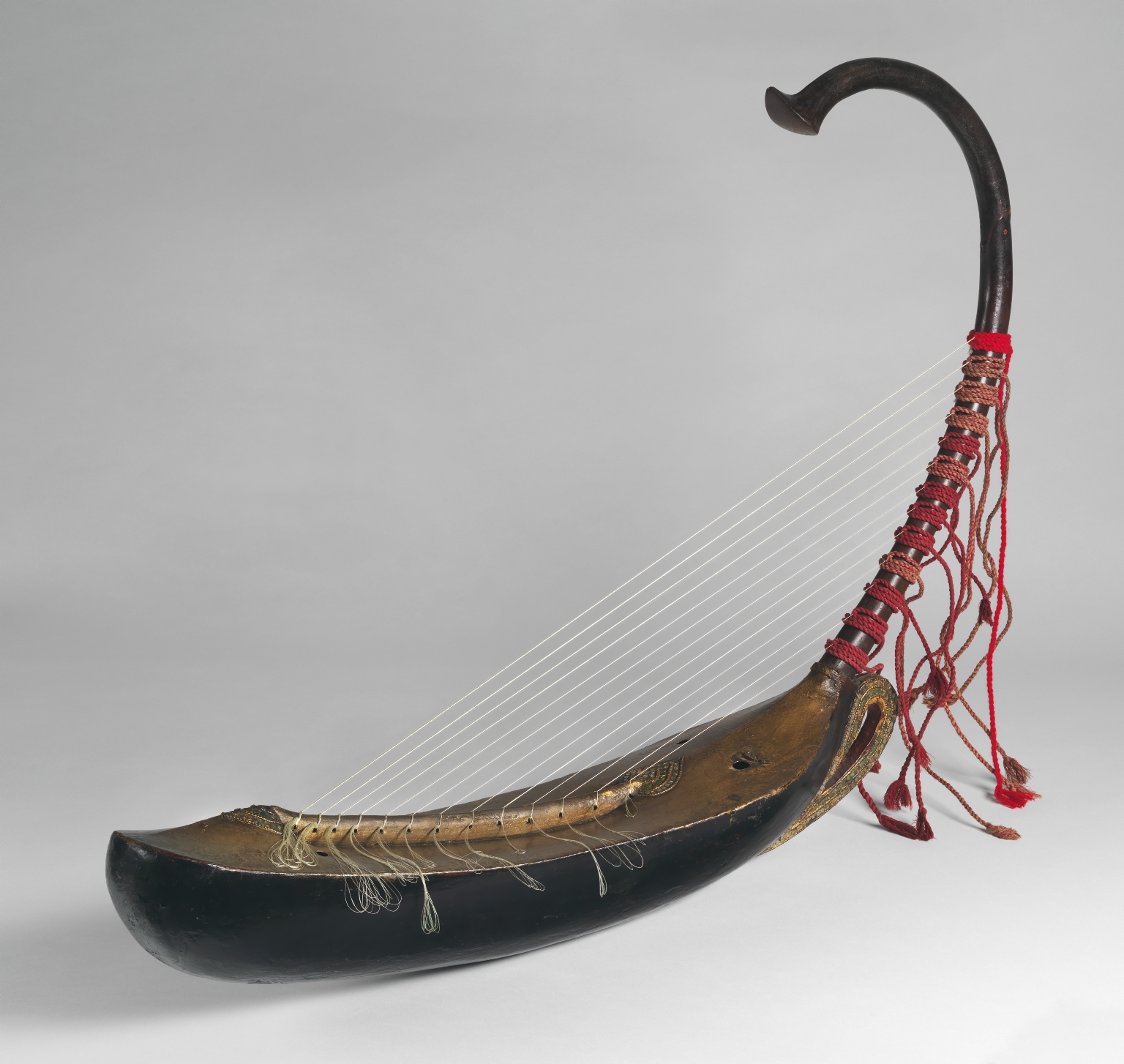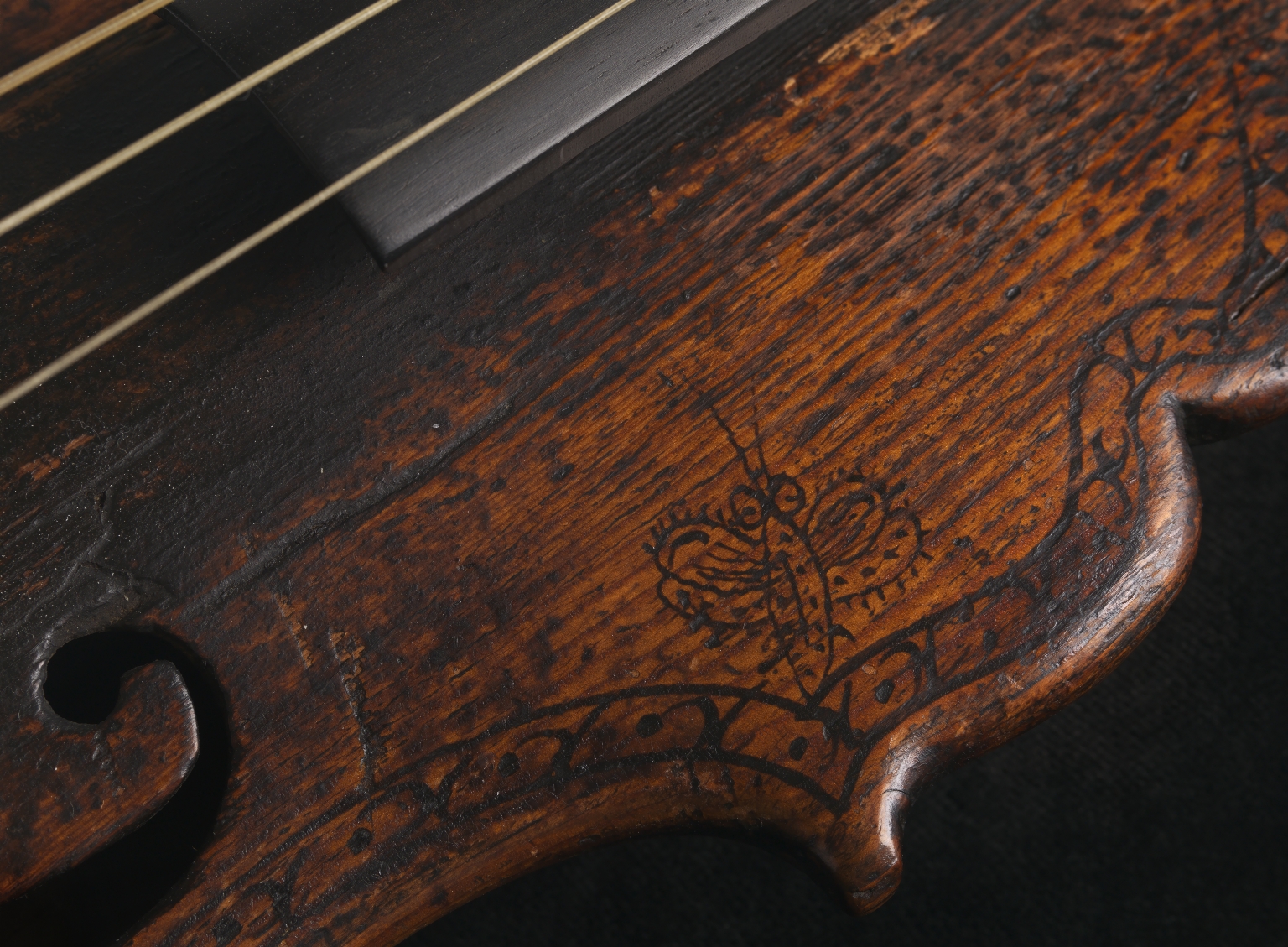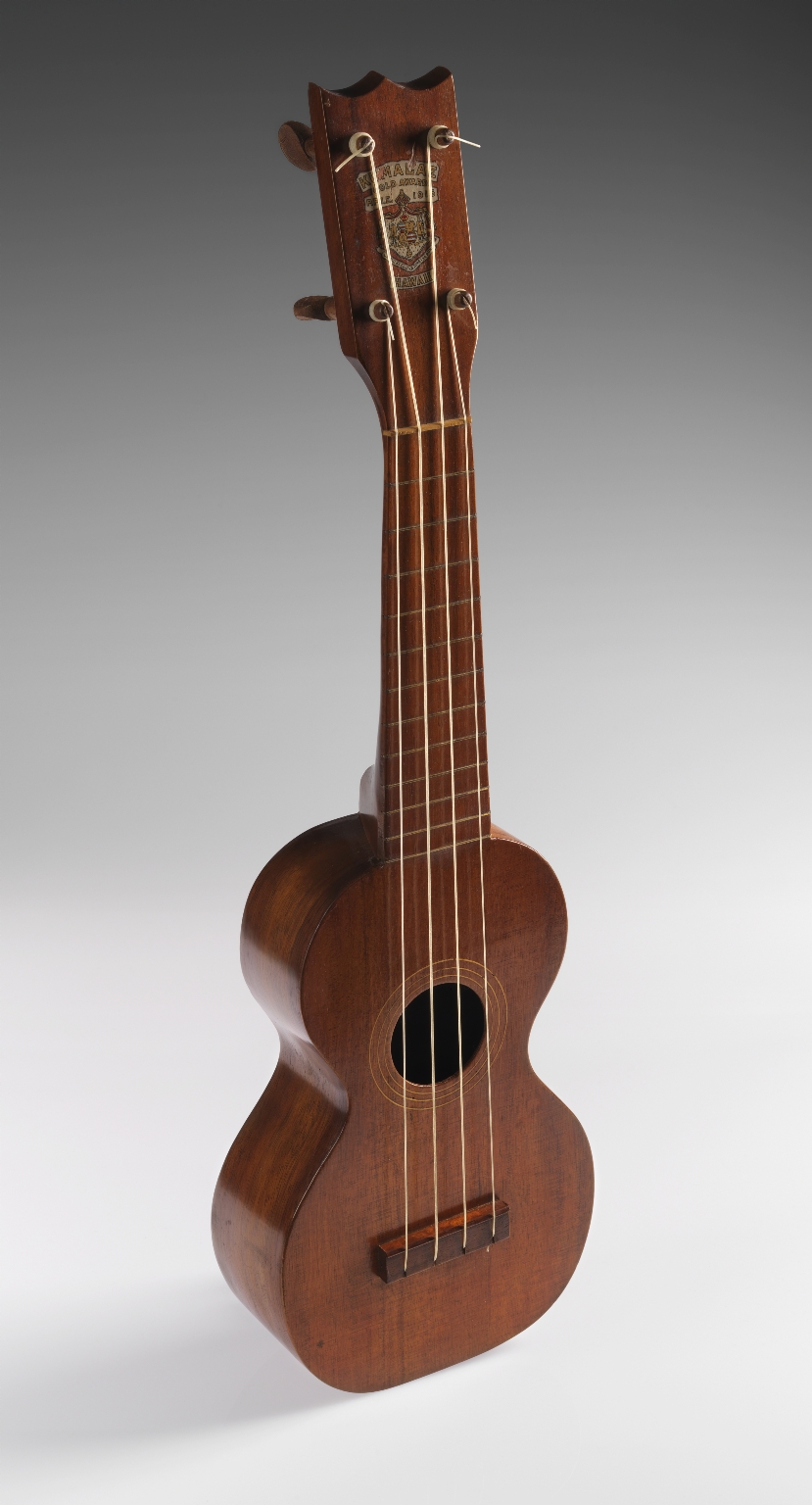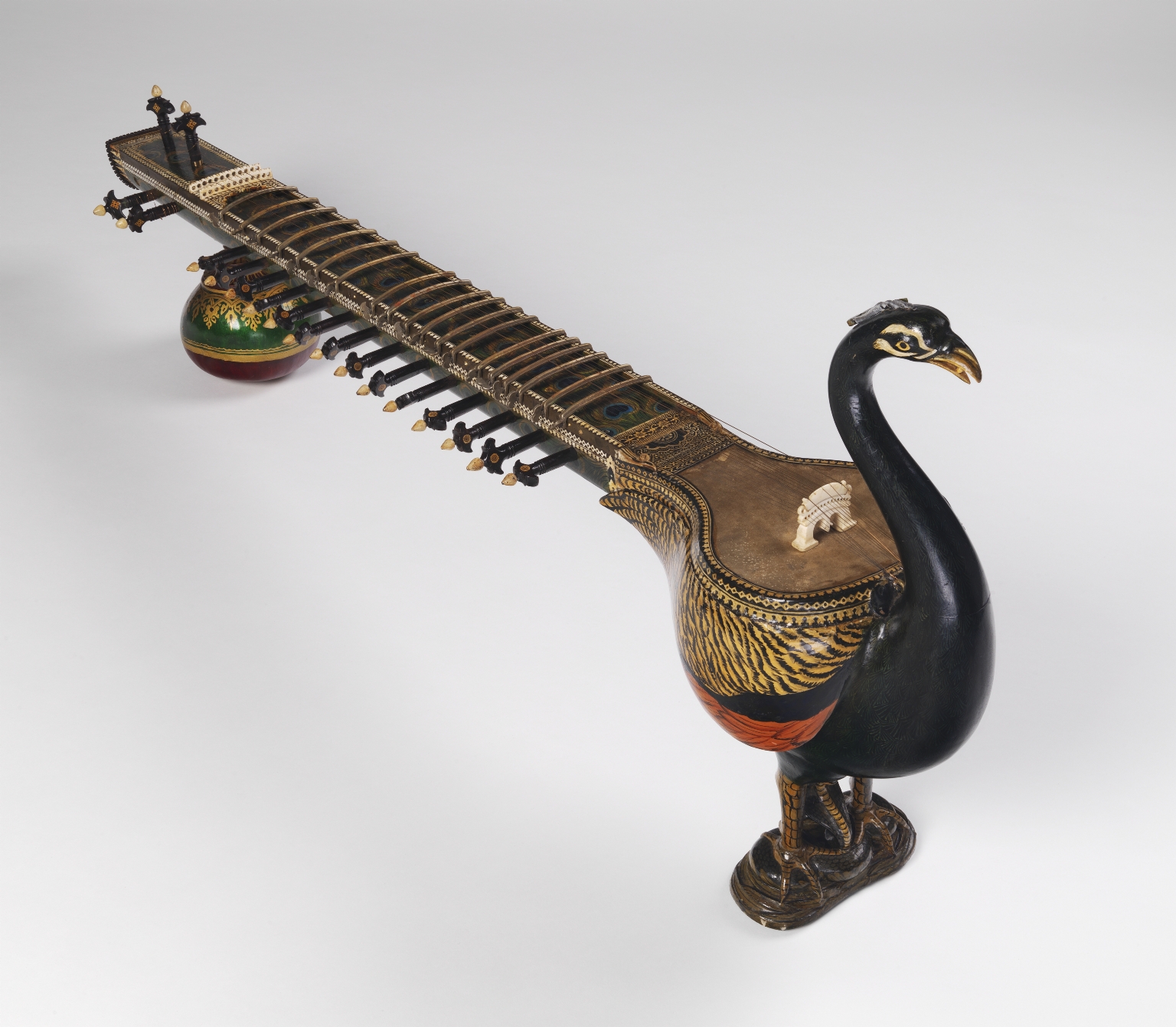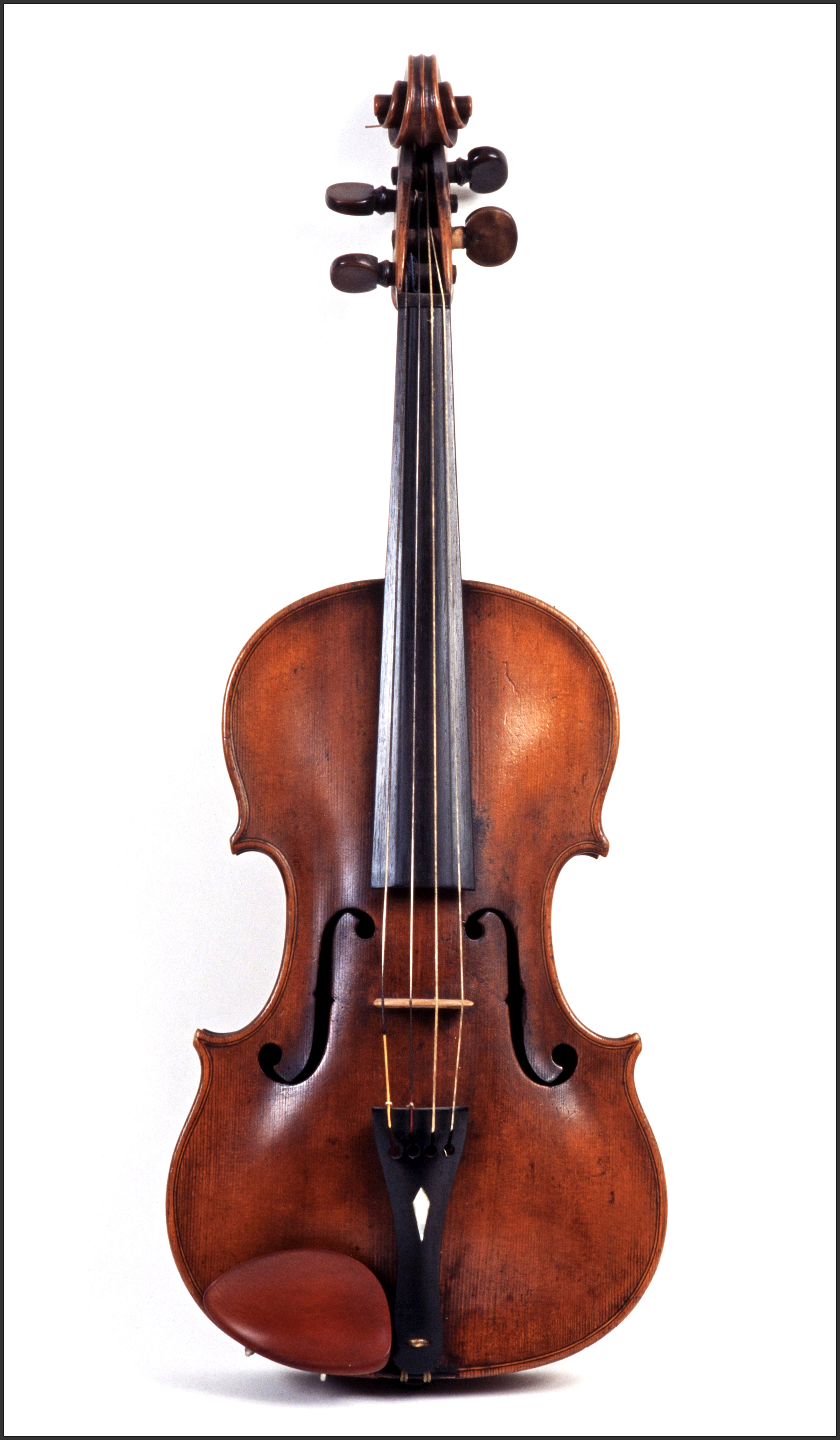St Cecilia’s Hall may be Scotland’s oldest concert hall, but its story goes far beyond that of a music venue. Discovery the people and history of this building which dates back to the Scottish Enlightenment.
St. Cecilia’s Hall History
History
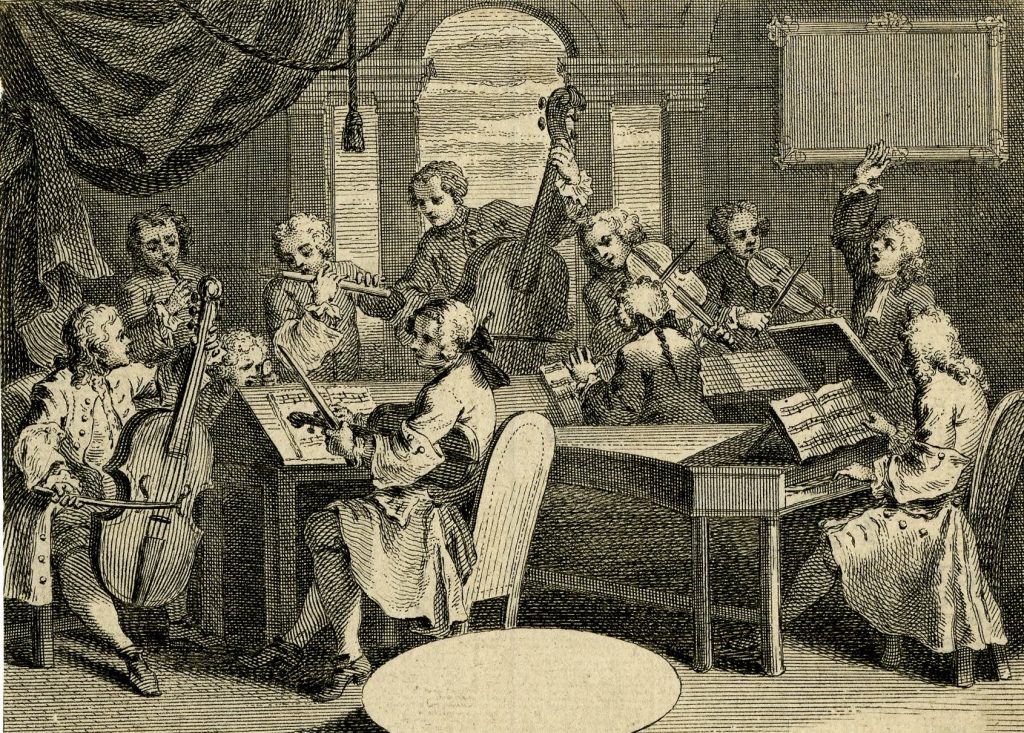
St Cecilia’s Hall is the oldest purpose-built concert hall in Scotland, and the second oldest (after Oxford’s Holywell Room) in the British Isles. The original building dates from 1763 when it consisted only of the Concert Room, the Laigh (“Lower”) Room and the Foyer. Today it is owned by The University of Edinburgh, which bought the building in 1959 to accommodate its expanding Music Faculty and to display the Raymond Russell Collection of Early Keyboards Instruments. Structural alterations and extensions over two centuries complete the complex we have now, with the most recent, Heritage Lottery Fund funded, redevelopment completed in 2017. Today the building consists of a modern entrance, visible conservation studio, four museum galleries, an education room and of course, the eighteenth-century concert room which is the perfect size and setting for performances on the instruments in the Collection.
The Design
The Hall was designed by the young architect Robert Mylne (1733-1811) for the Edinburgh Musical Society, an exclusive body of competent amateur musicians who met regularly in hired rooms to play. The Society also organised weekly formal concerts engaging professional directors, singers, and instrumentalists from home and abroad. By the 1750s the Society had become sufficiently ambitious and wanted to build a prestigious concert room of its own, and this building is the result.
Robert Mylne was born in Edinburgh, a member of the important family of Scottish master masons and architects-royal who contributed greatly to the building of old Edinburgh and elsewhere. After studying architecture in Rome, he launched his career in London, securing immediate fame by winning the Blackfairs Bridge competition in 1759. This was the start of his long and distinguished working life as architect and engineer and St Cecilia’s Hall, in 1760, was one of his earliest buildings. It was completed in 1763 and named after the Patron Saint of Musicians. Mylne’s original layout consisted simply of the Laigh Room and the Lobby on the ground floor, and a double staircase leading to the Concert Room on the floor above.
The Concert Room
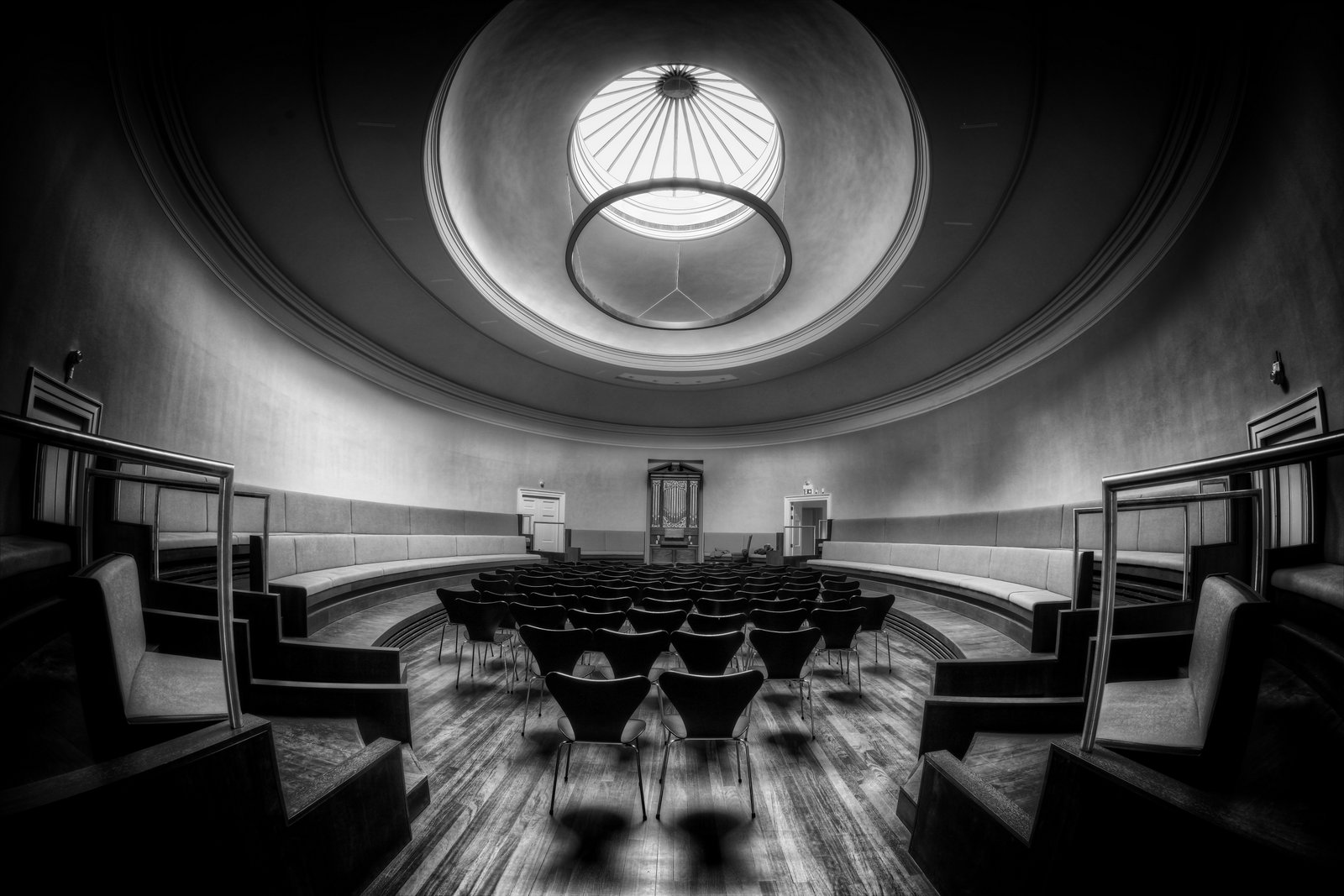
What you see today is a reconstruction. When the University took ownership of the building in 1959, this room was rectangular and had Victorian windows on the East Wall. Eighteenth-century sources, however, show that the room was originally elliptical in shape, and without windows, natural light coming solely through the oval cupola, which also supplied ventilation. A contemporary noted: ‘The new concert hall is an elegant room of an elliptical form, with a concave ceiling and a large skylight in the centre. From the ceiling depend seven handsome branches filled with wax lights’. All this had to be recreated, broadly, by the university’s architects.
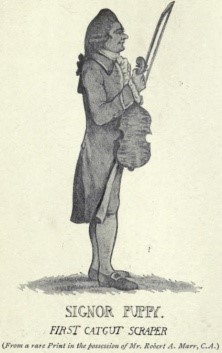
The original seating consisted of up to five rows of tiered covered benches built around the walls, facing inwards, and leaving an oval space in the centre of the floor. It was said that around 400 people would squeeze into this space during weekly concerts. Overall the audience was limited to the male members of the Musical Society and their guests, but women were invited to attend the ‘Ladies Concerts’, which occurred three or four times a year. At these very crowded concerts the the ladies were asked not to ‘wear their hoops or men their swords’. The current seating plan is an homage to the original layout, but today capacity is set at 200.
At the north end of the room stood the stage, as today, suitably sized for a small chamber orchestra. In the niche was a fine chamber organ commissioned from the renowned London organ builder Johannes Snetzler (1710-1785) similar to the present organ but a little larger. In this elegant setting the very best and the very newest music was introduced to Scotland. The contents of the Musical Society’s impressive library ranged from the seventeenth century (Corelli and Purcell) to the contemporary (Haydn), and from the celebrated (Handel) to the local (The Earl of Kelly). Solo parts were taken by professional performers, such as the renowned castrato Giusto Tenducci, but the the core of both the chorus and orchestra were formed by the Musical Society’s gentlemen members. Treble parts were sung by the boys from George Heriot’s Hospital.
The Laigh Hall
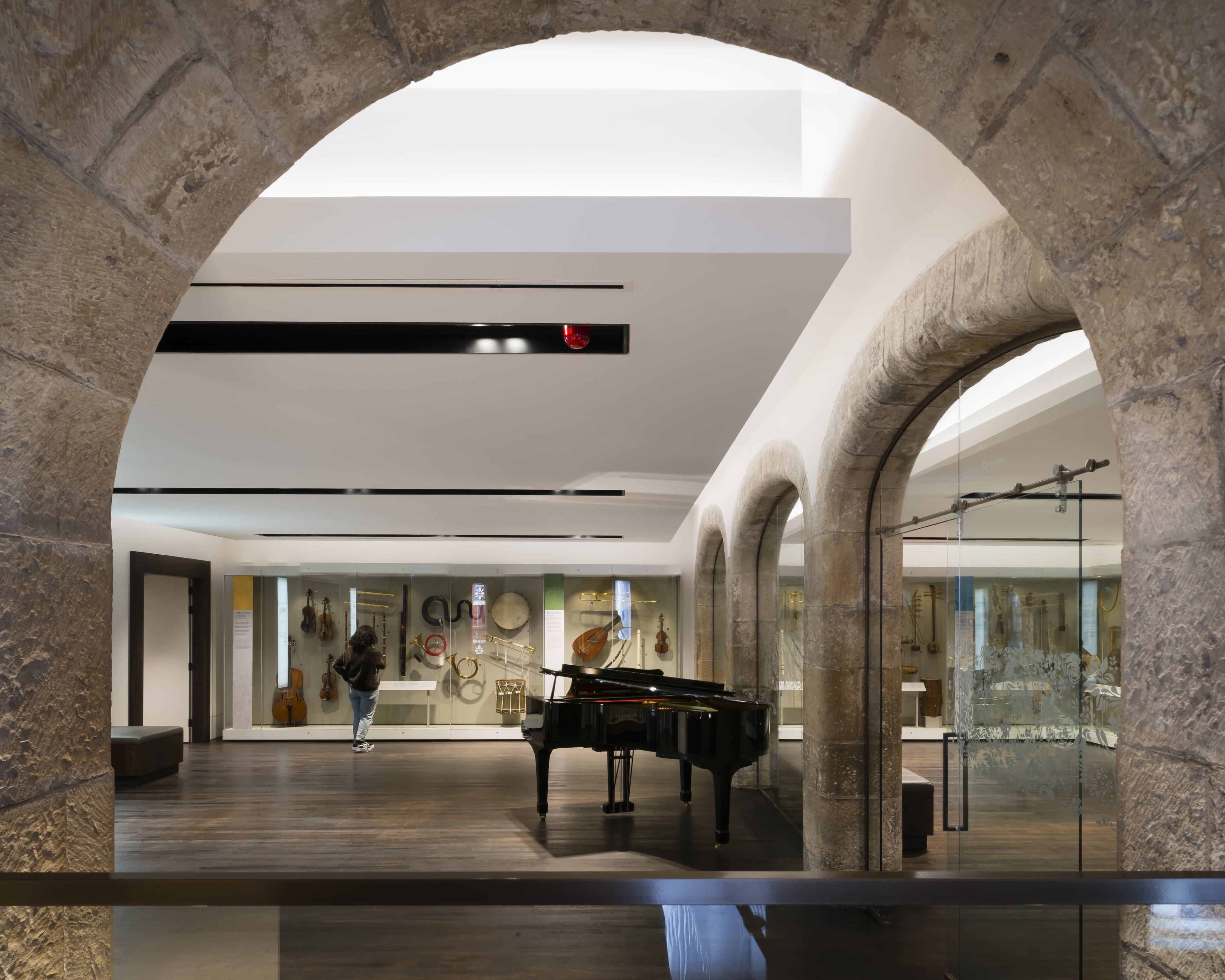
This was the Musical Society’s rehearsal room and meeting place, originally subdivided into two separate rooms. It is thought that the massive, load-bearing semi-elliptical arches that support the floor of the Concert Room are even older than the eighteenth-century building and were recycled from a previous structure. Today the Laigh Hall is used for small concerts, meeting and practice space, museum display, and for receptions.
Changing Times, a Changing City
In the eighteenth century, St Cecilia’s Hall formed the east side of a courtyard of older houses set back from the medieval Niddrie’s Wynd. All this, with the exception of St Cecilia’s Hall, was demolished in 1785 as part of the scheme for extending the city northwards. New road systems were constructed to link the New Town with the Old Town, including the South Bridge across the Cowgate. Overshadowed by the new South Bridge and stripped of the original courtyard, St Cecilia’s Hall now opened directly on to the new and narrow Niddry Street.
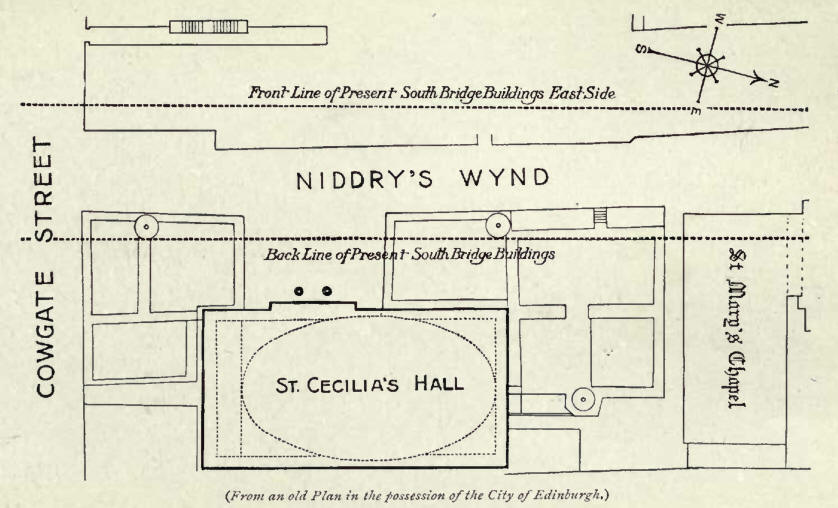
The alterations to the city’s streets dramatically changed the way people arrived to concerts. Rather than an elegant courtyard and portico to greet concertgoers, now guests had to travel down a narrow street and enter through an unassuming door.
The original main entrance is still visible on Niddry Street and in the historic foyer. However, very little of the building’s original fabric remains in this space: one survivor is the screen of four Roman Doric columns which support the upper landing. The present double staircase is also a modern replica of the original, the flight on the east-side having been removed at some point during the nineteenth century. The stone flagged floor is also a replacement.
The many lives of St. Cecilia’s Hall
The heyday of the Concert Room, though glorious, was short-lived. Despite becoming the focus for the best performances in Scotland, the Musical Society succumbed to mounting debts and to other problems, such as competition in the form of the newly built Assembly Rooms in the New Town. The Society held their final concert in 1798 and then it folded and sold up. Three years later the building was sold to the Baptist Church who used the Concert Room as their place of worship for the next nine years, until their own church was built. Ownership then passed to the Freemasons and the building was consecrated as a Freemason’s Hall on 21 November 1809.
The Grand Lodge of Scotland
The Freemasons effected dramatic alterations to the building. They bought the adjacent strip of land to the south on which they built a two-storey extension fronting the Cowgate. Outside, at roof level on the Cowgate façade, their plaque can be seen reading “Freemasons Hall 1812”. On the ground floor of this extension there were individual shops rented out to tradesmen and on the upper lever was a long and elegant room, which today is the 1812 Gallery. At about the same time as they were expanding the building to the south, the Freemasons transformed the interior of the Concert Room, converting it to a rectangle by removing the inner walls.
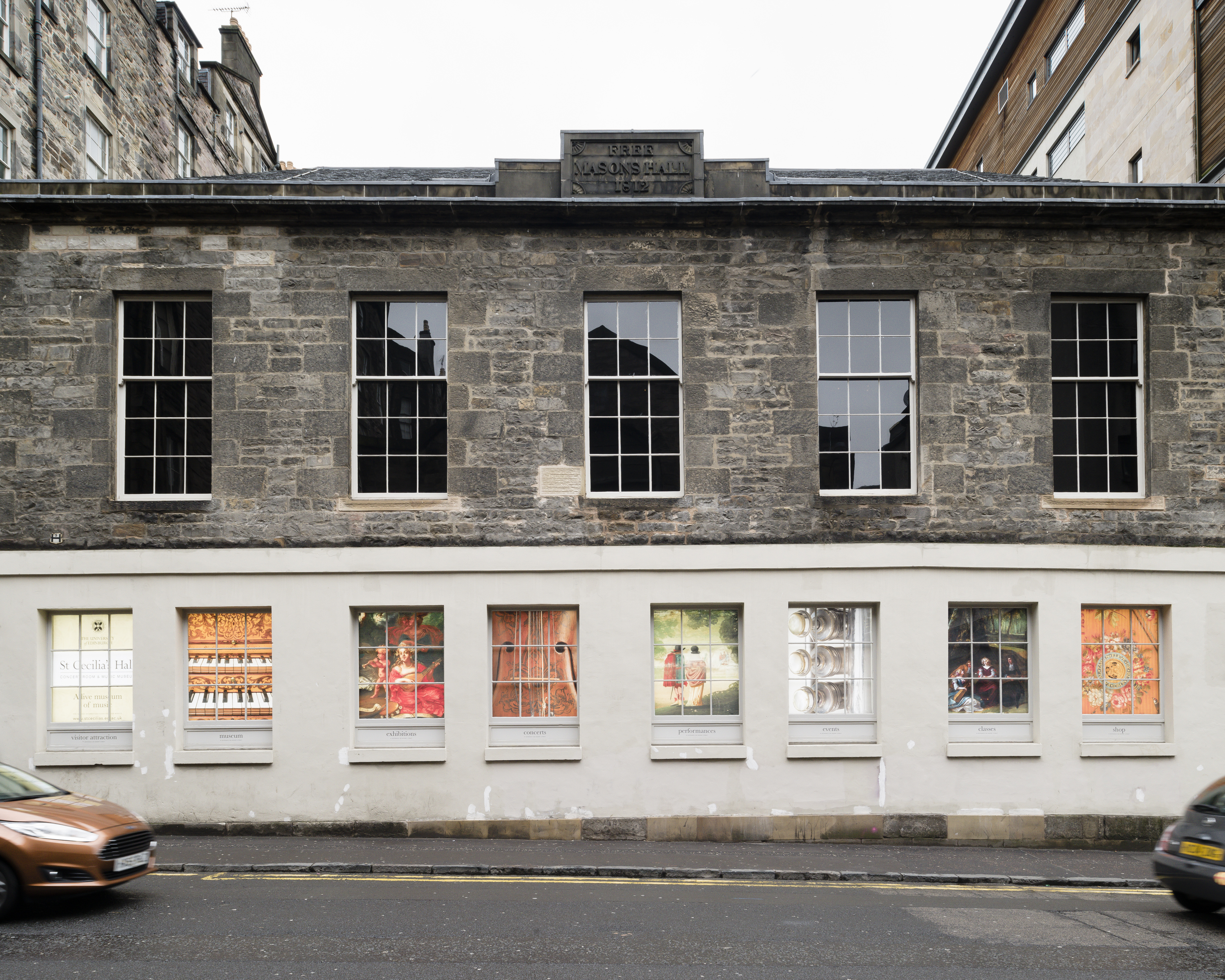
A Place of Learning
In 1821, part of the building was rented by the newly established Edinburgh School of Arts. Established by linen merchant and social reformer Leonard Horner, he set up the school in order to provide evening classes for his apprentices ‘for the instruction of mechanics in such branches of physical sciences as are of practical application in several trades’. Lectures were given in the Concert Room and a library was housed in today’s 1812 Gallery. In 1837, the School of Arts moved to new premises in Adam Square (where Chambers Street is today). It is later named The Heriot Watt Institute.
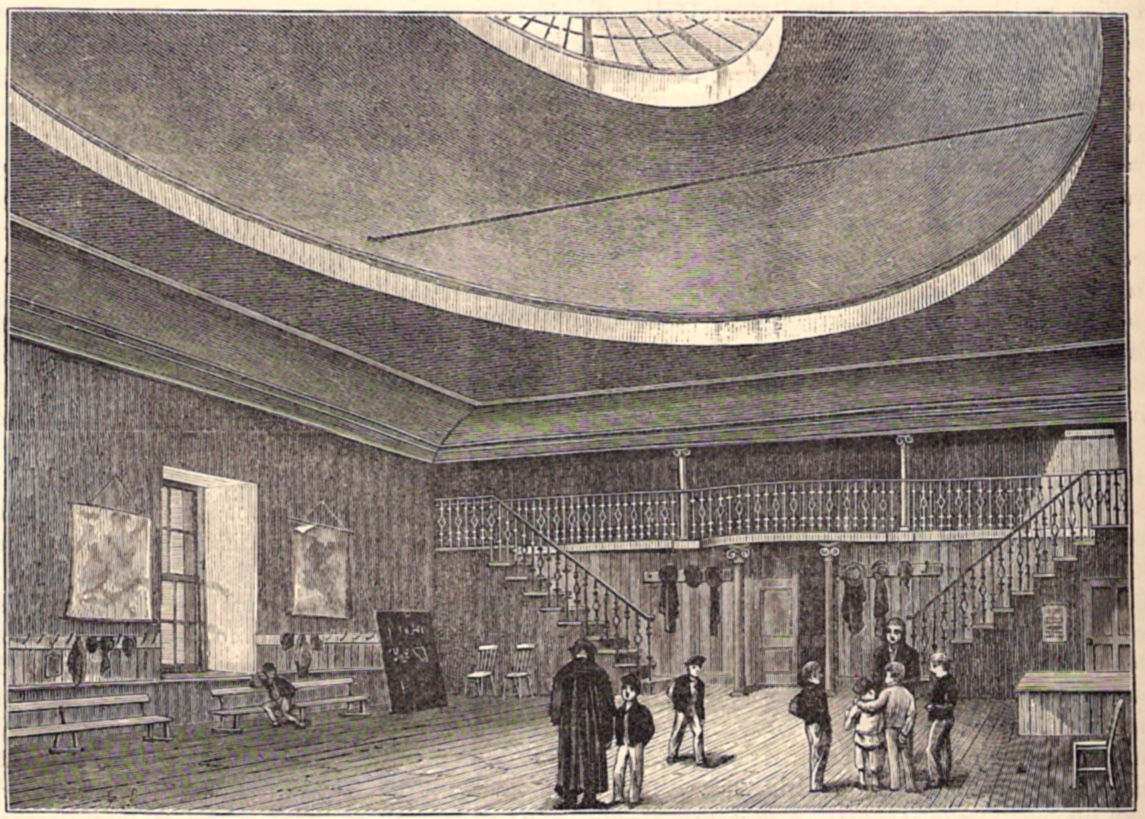
In 1844, the entire premises were sold to the Edinburgh Town Council to accommodate a school based on the system of Dr Andrew Bell, the Scottish educationist and benefactor. Large windows were inserted in the east wall of the former Concert Room and it was said that up to 800 students attended classes in the building.
A Place of Business
The Edinburgh Town Council sold the building in 1890 to George Cooper and Co. Bookbinders, where the company printed and bound books in the building and used the former Concert Room as a store for paper. In addition to the printer and bookbinding business, a japanning and glass blowing workshop and a furniture store leased parts of the building, typical of the many small industries then occupying this district of the city.
Eventually the four shops at ground level are knocked through and this section of the building become the Bridge Bar.
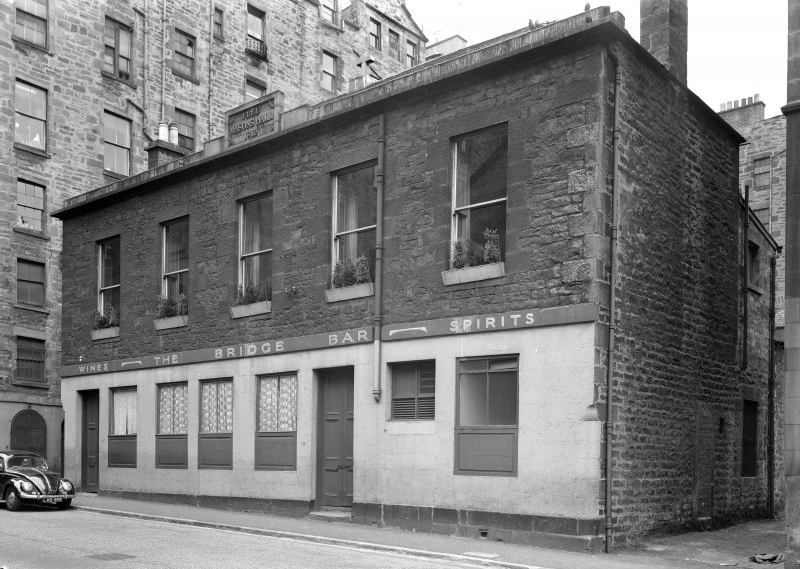
While the Bridge Bar was a popular watering hole located in the Cowgate extension, the rest of the building went through another dramatic transformation. The owner, Miss Magdalene Cairns, turned the place into a palais de danse. The former Concert Room now became the very popular “Excelsior Ballroom”, decorated in full-blown Art Deco style, and flourishing throughout the Second World War and into the 1950s.
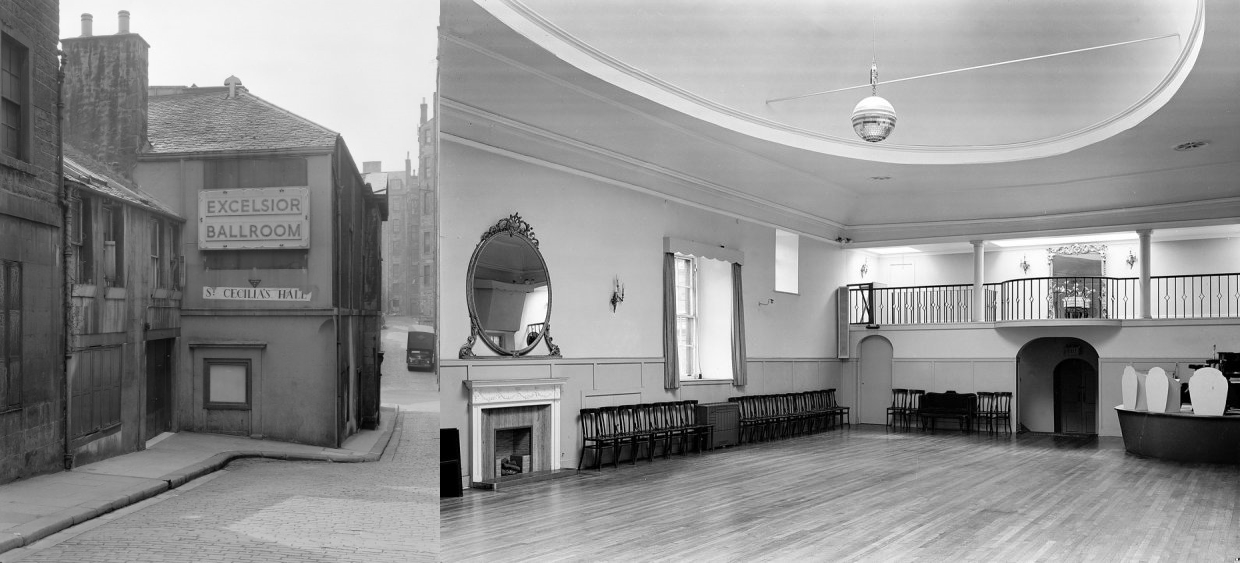
Miss Cairns, however, had cherished a long-standing ambition to return the room to its original purpose as a concert hall. This she achieved after some costly refurbishment, and opened it, albeit in it rectangular form and with the windows, with a concert of Scottish music in April 1959. Later that year she sold the building to the University.
St. Cecilia’s Hall and the Raymond Russell Collection
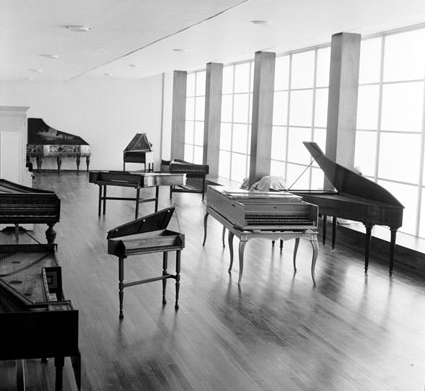
The University, having been offered his magnificent collection of early keyboard instruments by the English antiquarian and collector Raymond Russell (1922-1964) needed premises for its display. St Cecilia’s Hall with its recital room and potential gallery space seemed ideal. The architect Ian Lindsay was appointed to work out a daunting programme of repair, rebuilding and adaptation. Mylne’s elliptical Concert Room had to be reconstructed and also the double staircase. A new extension along the East side, with instrument gallery, artists’ room, washrooms, etc. had to be incorporated into the scheme, and a new entrance was sited here. The ground floor of the Freemasons’ wing was converted into workshops and offices, and two keyboard galleries were incorporated onto the first floor. Certain artistic compromises, though, were made in the overall decoration, which reflects the gaunt, functional style of the 1960s.
The building reopened in 1968 as St Cecilia’s Hall and Museum. The focus was very much on university teaching and the instrument collection was only open to the public for six hours a week. The entrance was on Dickson’s Close, north of the Cowgate, which was then adjacent to an open space with a car park. Only 19 instruments were displayed in the two keyboard galleries. At that time, the building was primarily used by the Music Department for teaching and occasional concerts, especially during the Festival Fringe. Over the next forty years the number of instruments on display steadily increased, thanks to generous gifts from numerous donors, including the Mirrey Collection of 25 instruments. By 2014, St Cecilia’s Hall displayed 72 keyboard instruments as well as a special exhibition of bagpipes.
St. Cecilia’s Hall Redevelopment Project
In addition to the instruments at St Cecilia’s Hall, the University of Edinburgh displayed wind, stringed, and percussion instruments at the Reid Concert Hall. The display cases at the Reid dated from 1859 when Professor Donaldson established the foundations of music teaching and the instrument collection at the University. Although the Victorian museum was the oldest purpose-built musical instrument museum in the world, the cases were no longer fit for purpose and were thus unable to provide a stable environment for the display of the Collection. The Reid Concert Hall Museum was run on similar lines to St Cecilia’s Hall, with limited opening hours and an emphasis on University teaching. Overall, the displays were crowded, poorly lit, were not accessible and offered little interpretation for the general public. Although this suited the musically literate and instrument experts, much more potential existed for opening up the musical instrument collections at both museums to wider and more diverse audiences. Because of these reason, it was decided to once again redevelop St Cecilia’s Hall.
Through the redevelopment of St Cecilia’s Hall we changed the orientation of the building both physically and philosophically. This transformation turned our thinking from inward-looking, exclusive and academic-focused, to an outward-looking, inclusive public museum with people at its core. The physical alterations to the building have made our historic structure accessible, new approachable interpretation has been introduced which tells the story of musical instruments to a non-expert audience and an exciting range of programmes and activities have allowed us to provide meaningful engagement to an expanded audience.
The new St Cecilia’s Hall museum brings our collections under one roof, allowing the story of the Collection as a whole to be presented and enabling visitors to truly engage with the objects and their stories. The elegant oval concert hall on the first floor of the building has been in continuous use since it opened in the eighteenth century and remains at the heart of the Georgian building, but is now complemented by four galleries on both ground and first floor. The restoration work, which began work in 2015, allows the University to offer more performances, enhance access by increasing the opening hours of the museum and provides new ways for more visitors to engage, participate and learn about its world-class collection of instruments.
The museum re-opened its doors to the public in May 2017.
Galleries
St Cecilia’s Hall is home to University of Edinburgh’s collection of historic musical instruments, which ranks among the world’s most important collections of musical heritage. It has official Recognised Collection of National Significance to Scotland status.
Binks Gallery
Discover the rich history of keyboard instruments in the Binks Gallery where we lift the lid on the variety of keyboard instruments that have developed over the centuries.
In this gallery you can learn about the different types of keyboards in ‘Uncommon keyboards’, be introduced to the most famous makers of harpsichords in ‘Meet the Makers: Craftsmen, entrepreneurs and brands’ and discover some of the more unscrupulous instrument makers in ‘Copies and Counterfeits’.
1812 Gallery
The decoration of keyboard instruments and their use in society takes centre stage in the 1812 Gallery. Here you can explore how keyboard instruments were once status symbols in ‘Keeping Up with Fashion’ and in the ‘From Home to Hall’ section you can learn how keyboards have been both important domestic and concert instruments.
Wolfson Gallery
The Wolfson Gallery explores the creation and development of musical instruments and has strings, woodwind, brass and percussion on display. Over time the shapes of instruments and the materials and technologies used to make them have changed, which in turn has affected the style and sound of music. By learning about the history of the musical instruments on display you can imagine how music sounded in the past.
Laigh Hall
Music is a form of communication and part of every culture and in the Laigh Hall we explore the universality of music and musical instruments. In ‘Playing Together’ we explore the joys and challenges of playing instruments in a group and ‘Global Sounds’ shows that people from all over the world use music and musical instrument in the same ways.
Sypert Concert Hall
At the heart of St Cecilia’s Hall is the Sypert Concert Room, an elegant room with a distinct elliptical shape. This room is the oldest concert hall in Scotland and the second oldest in Britain. Commissioned by the Edinburgh Musical Society and designed by architect Robert Mylne (1733-1811), the inaugural concert of St Cecilia’s Hall was held in this space in 1763.
During its heyday in Georgian society, the Concert Room was the venue for some of the best performances in Scotland, featuring international performers and composers. Today, it is the perfect setting for everything from historical chamber music to intimate modern concerts and performances.
Contact Us
Organisation
St Cecilia’s Hall is proud to be part of The University of Edinburgh. We are part of the Library and University Collections division of Information Services.
The building displays a small portion of Musical Instrument Museums Edinburgh’s 6,000+ collection of historic musical instruments. The emphasis of the Collection is on instruments that are no longer in regular current use and the collecting policy is to acquire instruments when they fall out of use rather than to collect instruments by contemporary makers. The Collection thus covers the period from the 16th century (the earliest period from which examples are available for acquisition) to the 20th century (the most recent date from which instruments can be regarded as historical).
Mission Statement
The purpose of the Collection is to promote the study of the history, construction and functions of instruments of music and all cognate matters, the furtherance of research and the propagation of knowledge of instrumental history. The Collection will maintain a substantial permanent collection in relation to these objectives.
Fair Work Practices
Public bodies in Scotland, including the University of Edinburgh, have the duty to comply with the Statutory Guidance on Addressing Fair Work Practices and Living Wage. The University of Edinburgh is committed to promoting Fair Work Practices in all its activity and is a real Living Wage accredited institution.
General Enquiries
For all general enquiries regarding visiting St. Cecilia’s Hall please check our Planning Your Visit page or alternatively for further enquiries use the details below:
Email: stceciliashall@ed.ac.uk
Telephone: 0131 650 2600
Events, Tours & Venue Hire
If you would like to enquire about events and tours please check the Planning Your Visit page. For venue hire at St. Cecilia’s please look at the options available here. Alternatively if your query has not been answered please contact us directly via the details below:
Email: SCHevents@ed.ac.uk
Telephone: 0131 650 2600
Musical Instrument and Research Inquiries
To inquire about the musical instrument collection, research access or playing possibilities please contact us via:
Email: Jenny.Nex@ed.ac.uk
Telephone: 0131 650 2414
Get Involved
Donate
Thanks to philanthropists all over the world St Cecilia’s Hall has become the wonderful museum of musical instruments and concert room that you see today.
By creating the St Cecilia’s Hall Fund we hope to encourage visitors to continue this tradition of giving and help ensure we are able to provide programmes and events that will be free for all to access.
Donations to St Cecilia’s Hall can be made via cash or card when visiting the museum.
Your support will fund:
- Outreach work – building partnerships and relationships with our local community
- Conservation – vital and intricate work being carried out on the instruments
- Concerts – free lunchtime concerts available for all
- Exhibitions – an ongoing programme of temporary displays
- Acquisitions – although the collections are very well established we continue to build our unique collections
Leaving a legacy
A Collection of Collections – many of the instruments on display at St Cecilia’s Hall have come together through the generosity of individuals who have left bequests to the University of Edinburgh.
Through bequeathing instruments, estates and financial support for the benefit of St Cecilia’s Hall, their foresight has brought together this extraordinary collection of musical instruments.
Leaving a gift in your will to St Cecilia’s Hall is one way to ensure the instruments that have been so lovingly cared for over the centuries will be here for generations to come.
Volunteer
Volunteers play a vital role in making St Cecilia’s Hall truly accessible. Our volunteering programme not only contributes to the organisation’s work, but also offers people a range of benefits and the opportunity to develop new skills.
If you would like to join the team of volunteers at St Cecilia’s Hall then please complete the volunteer enquiry form and we will get in touch (this is a google form link)
The Friends of St Cecilia’s Hall
The Friends of St Cecilia’s Hall are fundamental to the ongoing success of both the concert room and the musical instrument collection. Their support, which has been ongoing since 1971, has been crucial in getting us where we are today. As well as hosting concerts and looking after guests, their support has included a financial gift towards the redevelopment capital costs, instrument acquisition, restoration of the concert room organ and bursaries for students, alongside hundreds of hours of volunteering.
